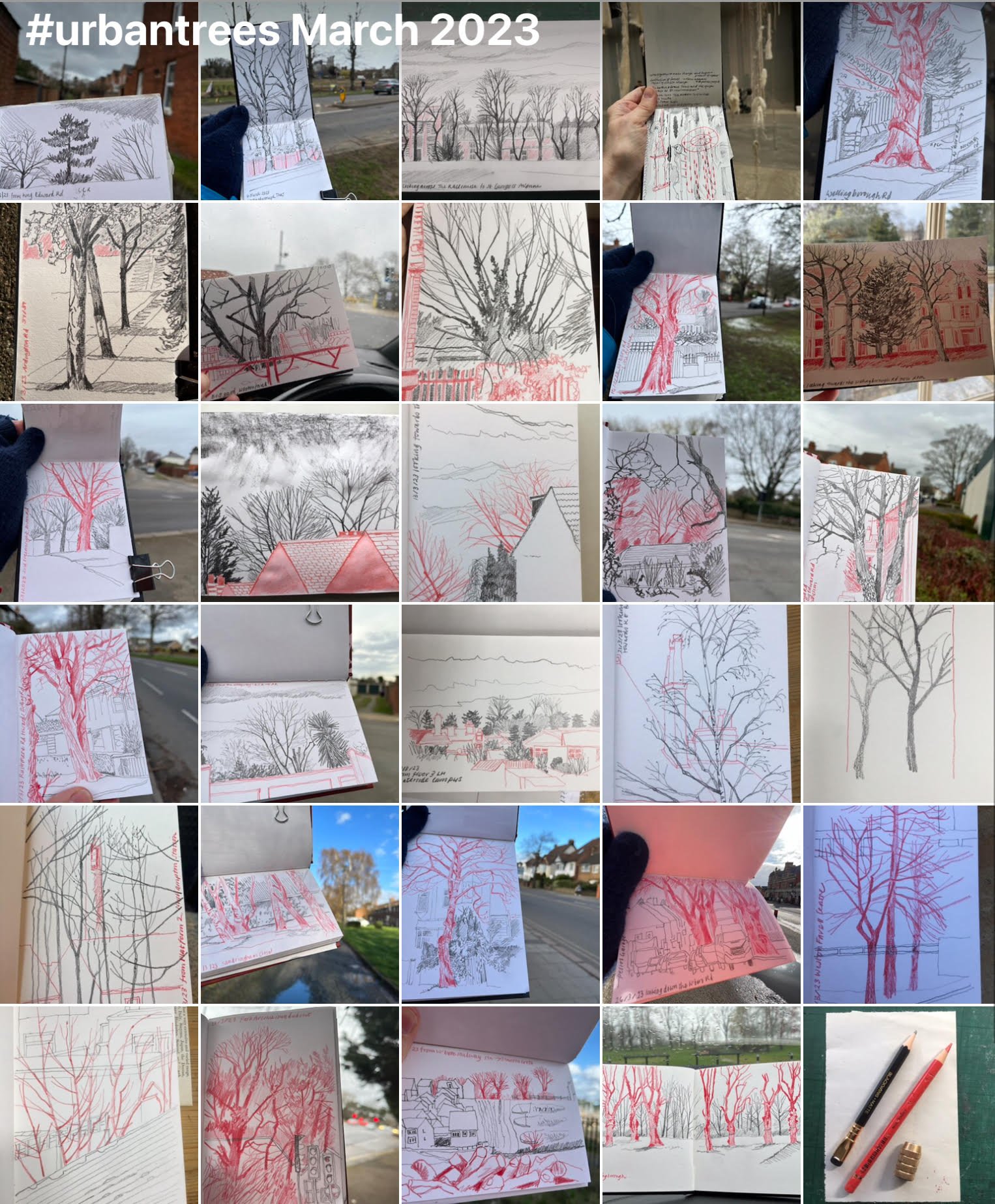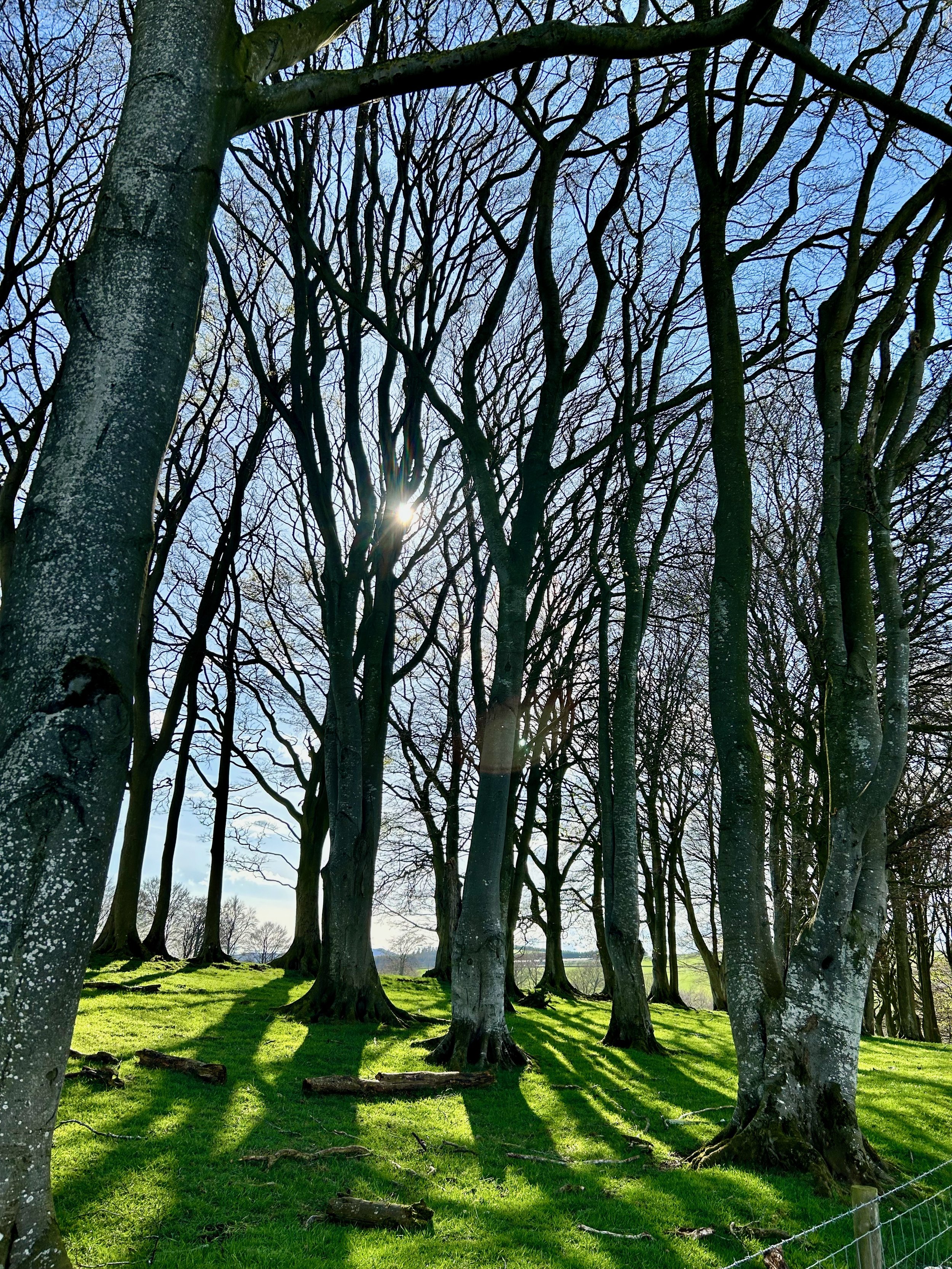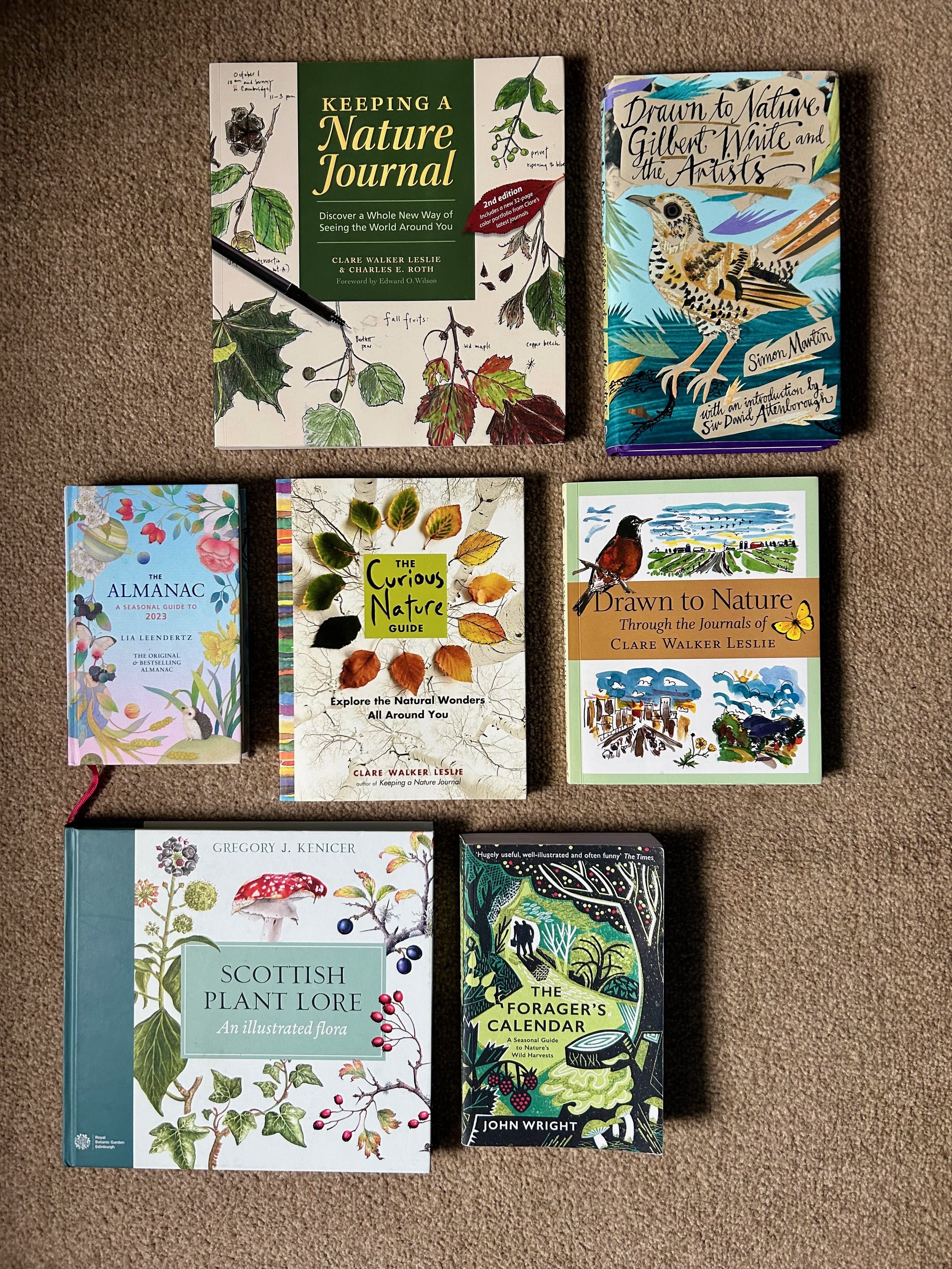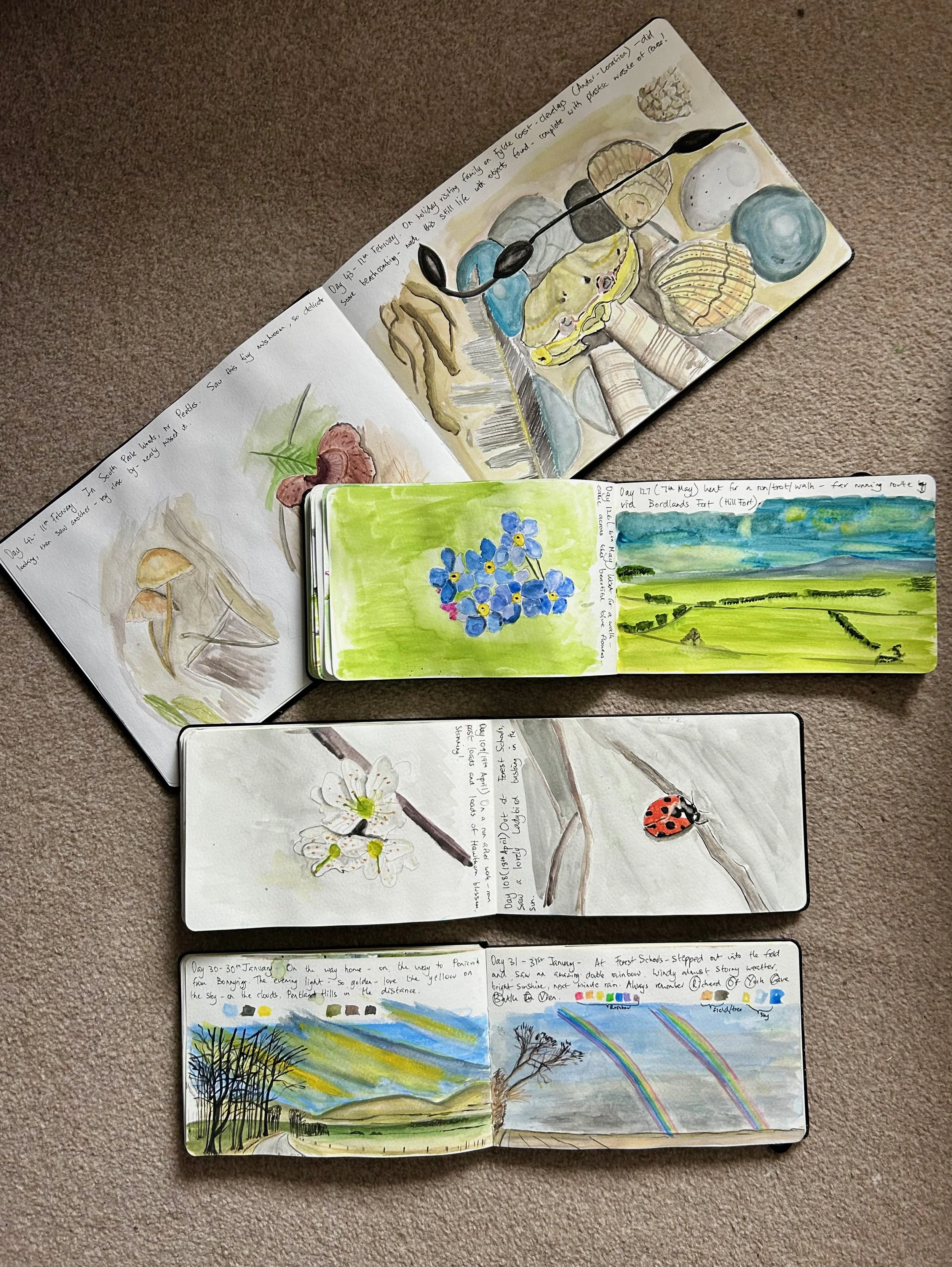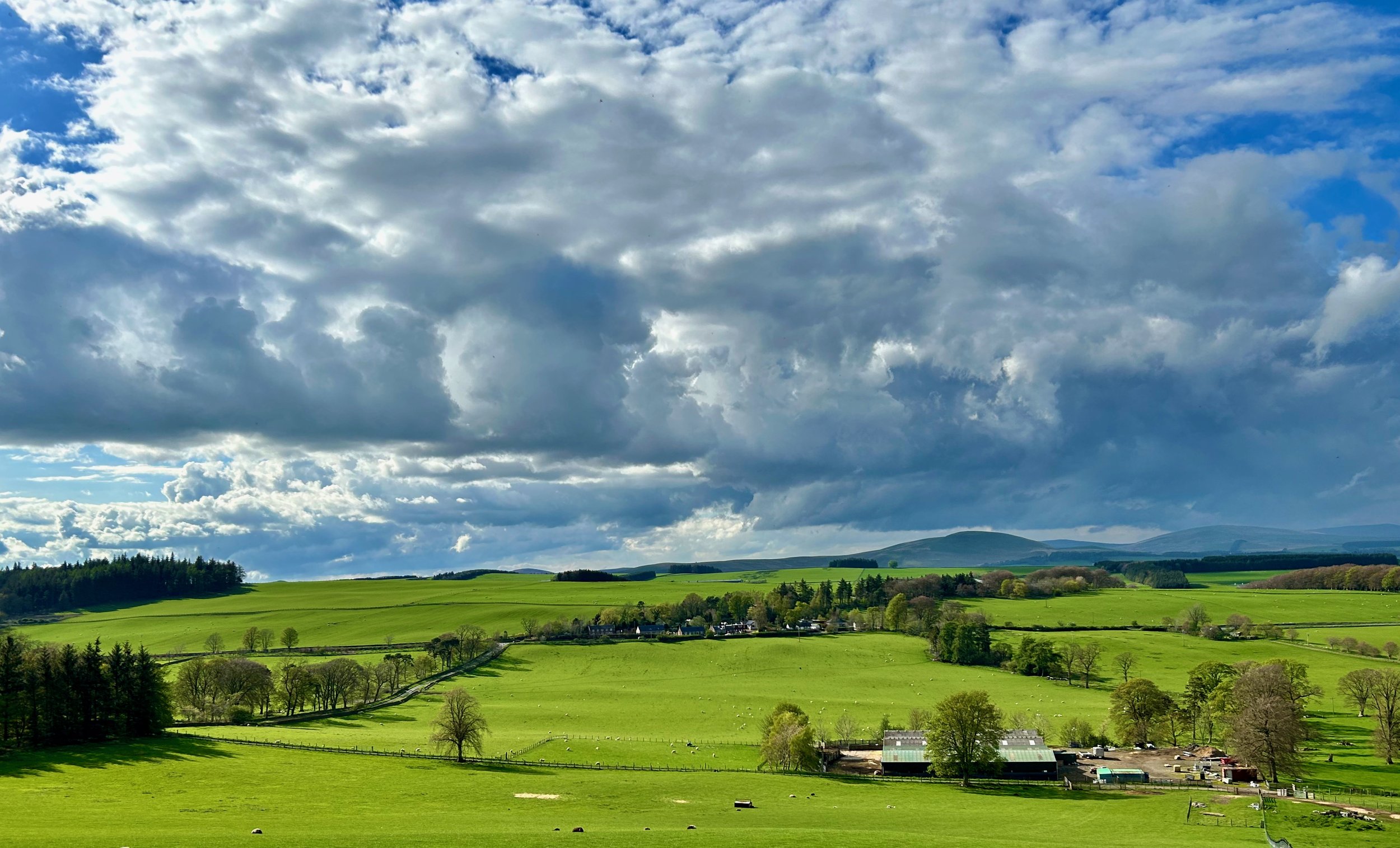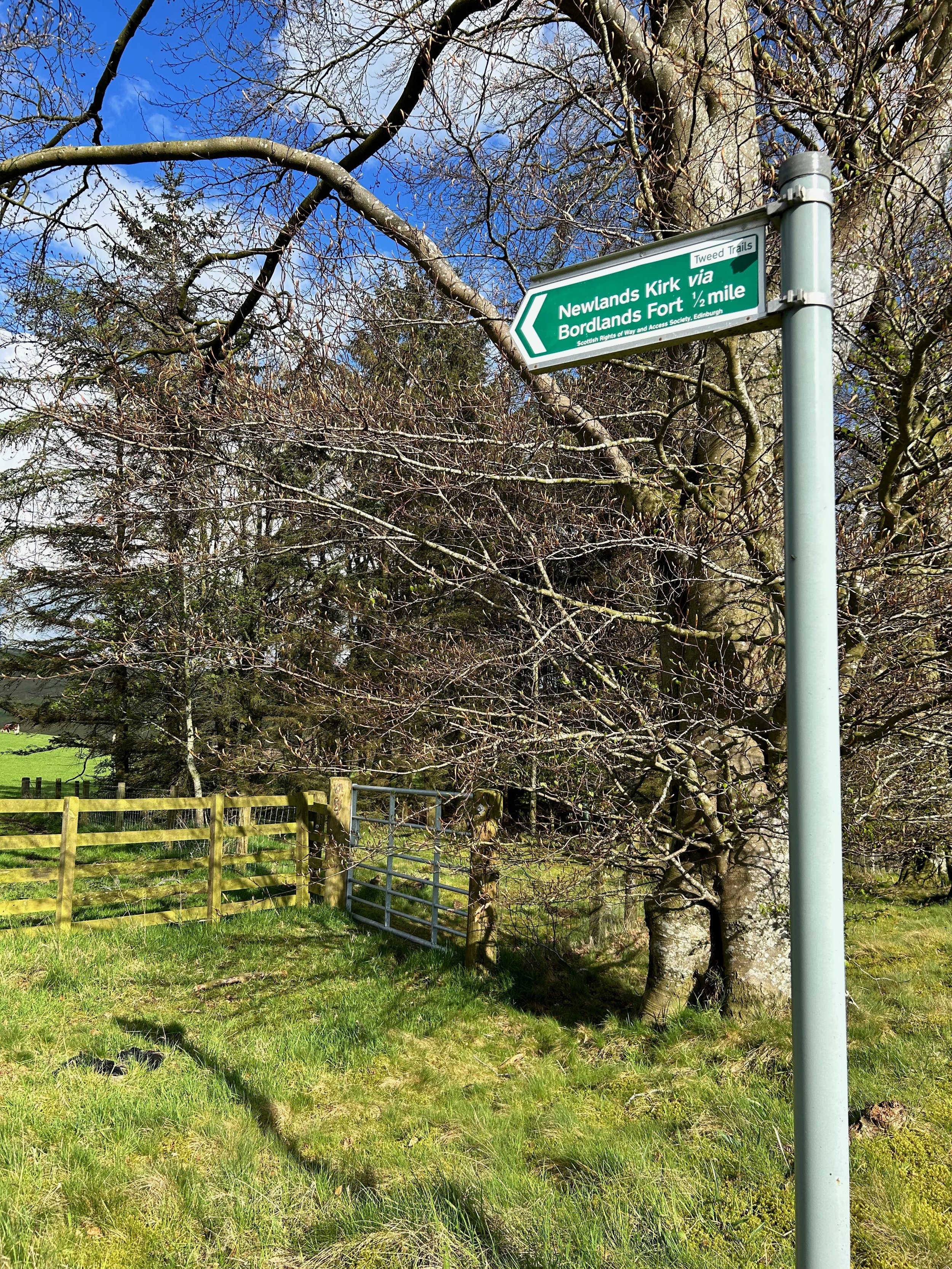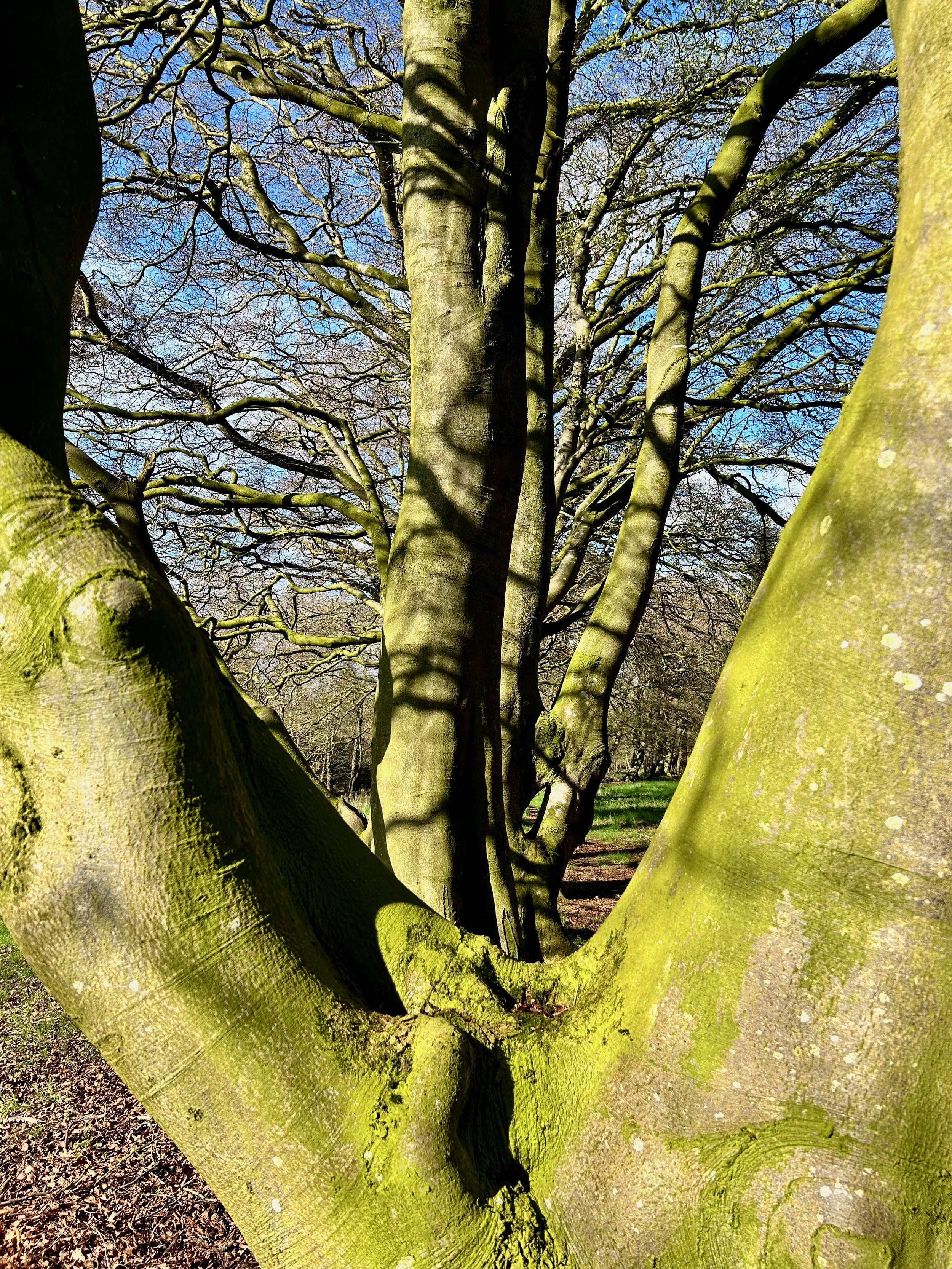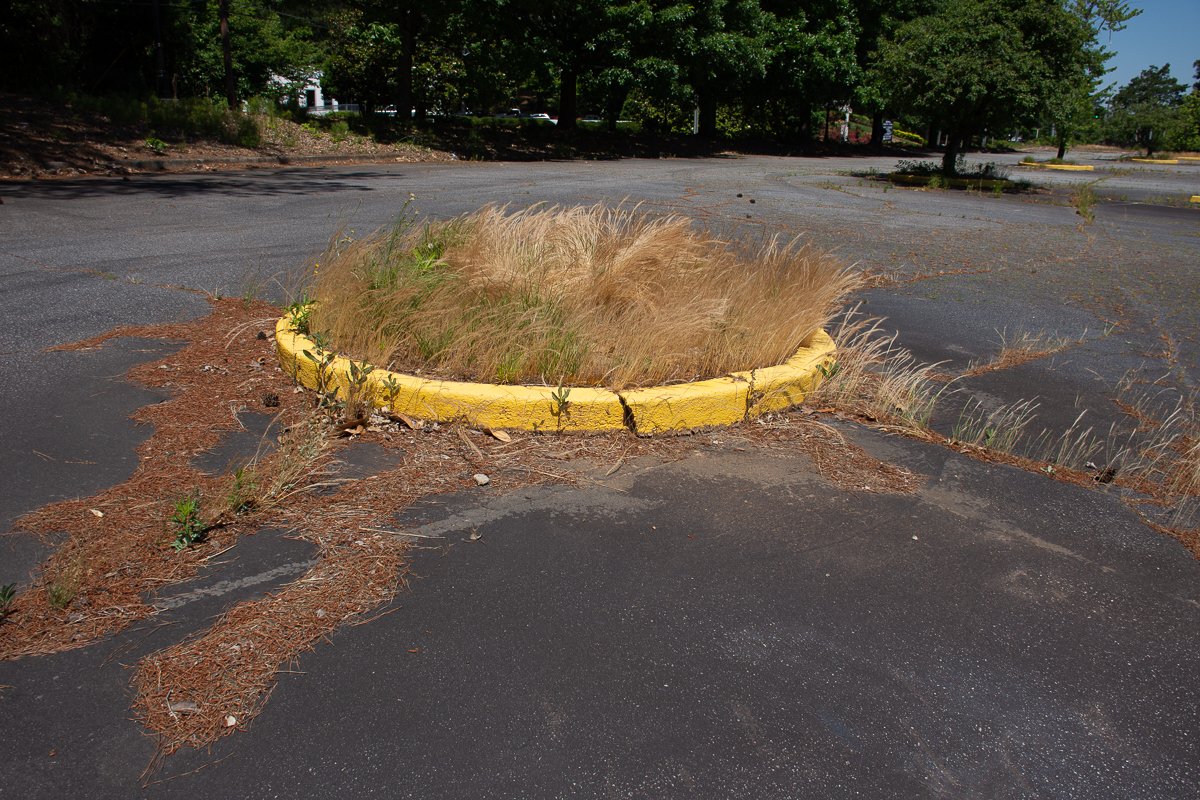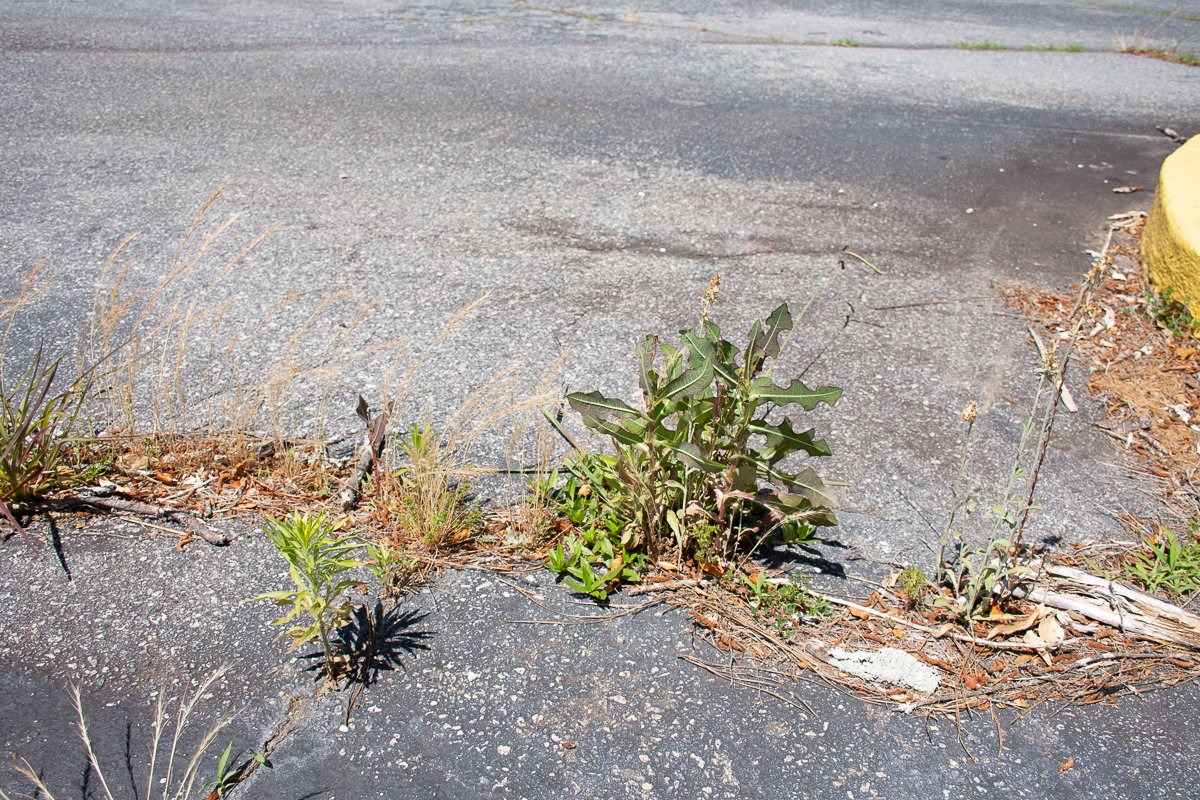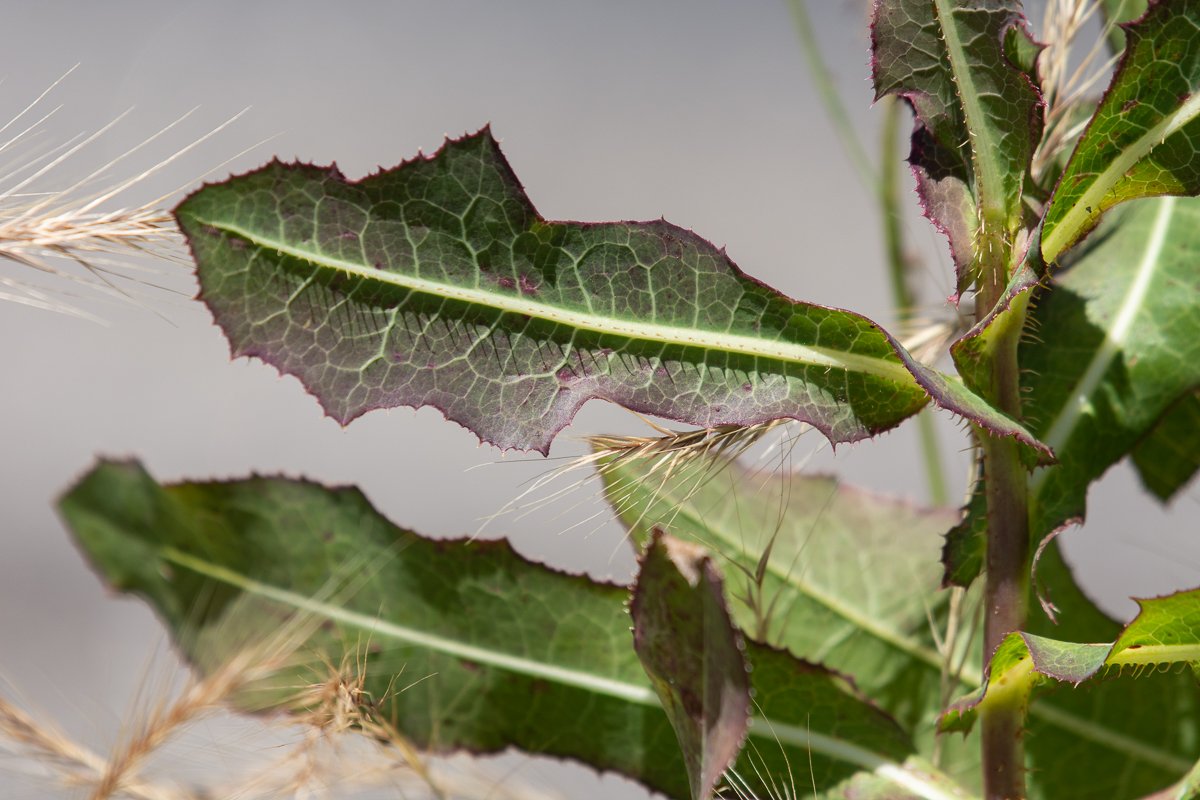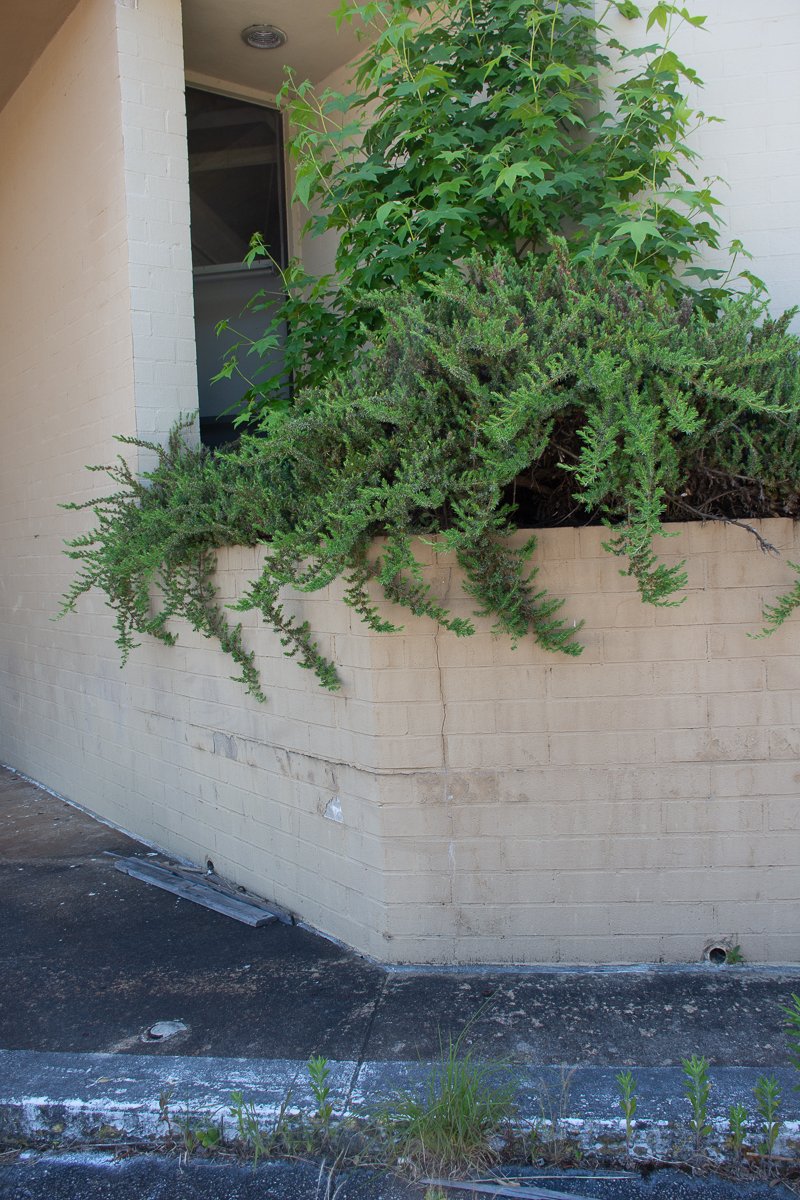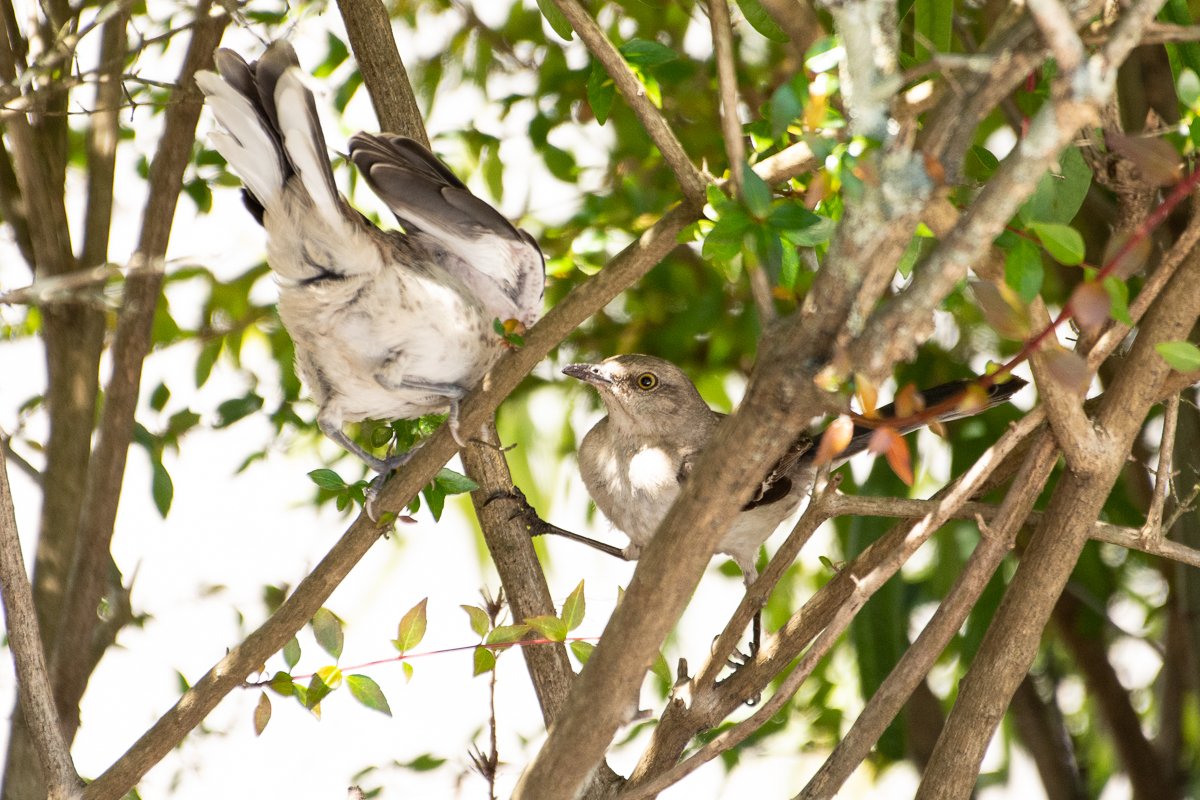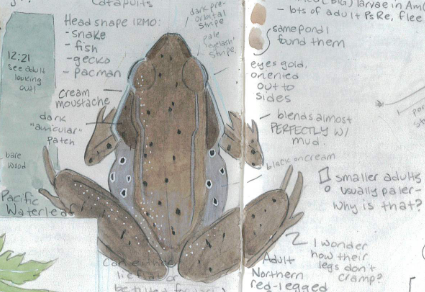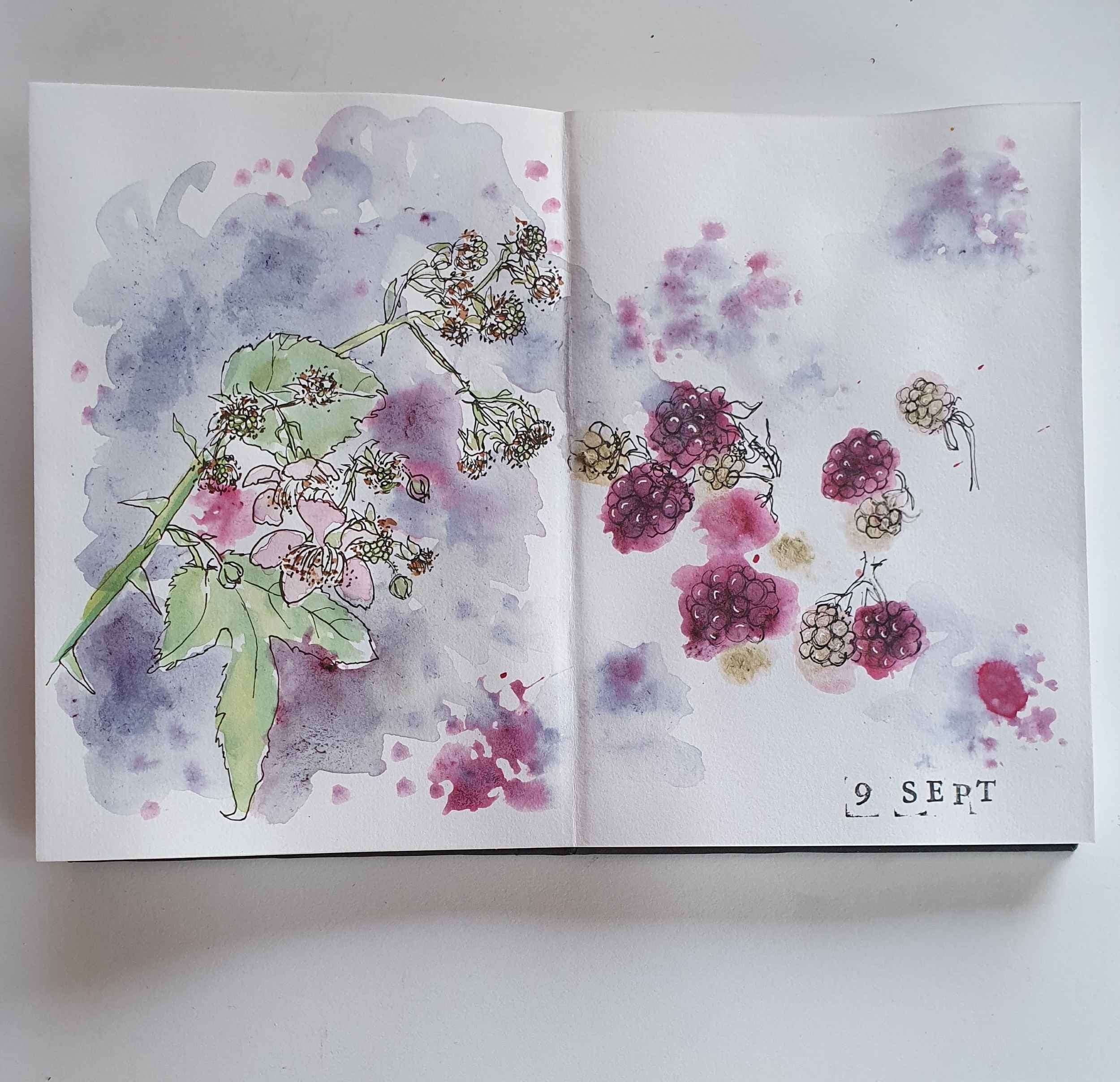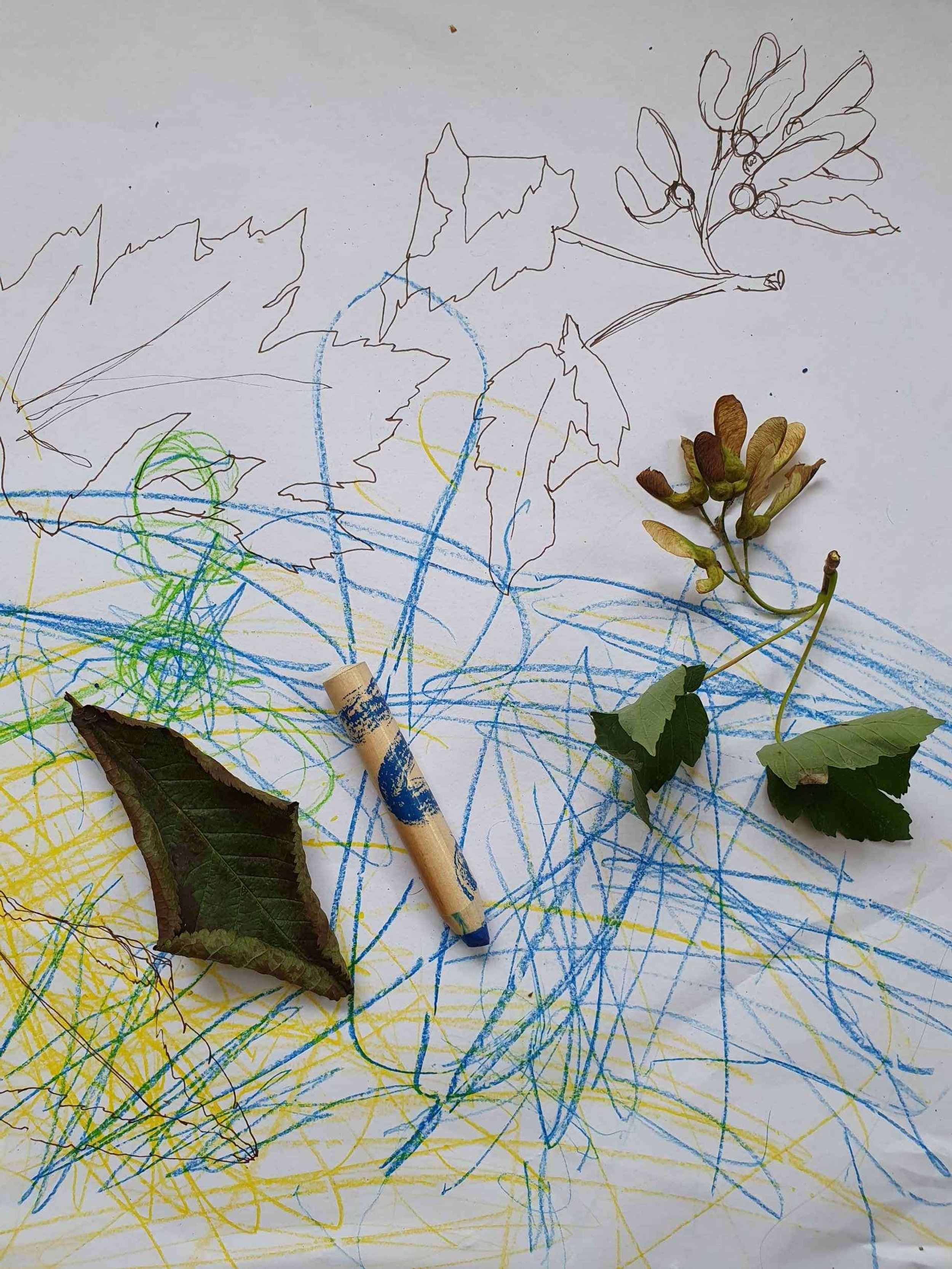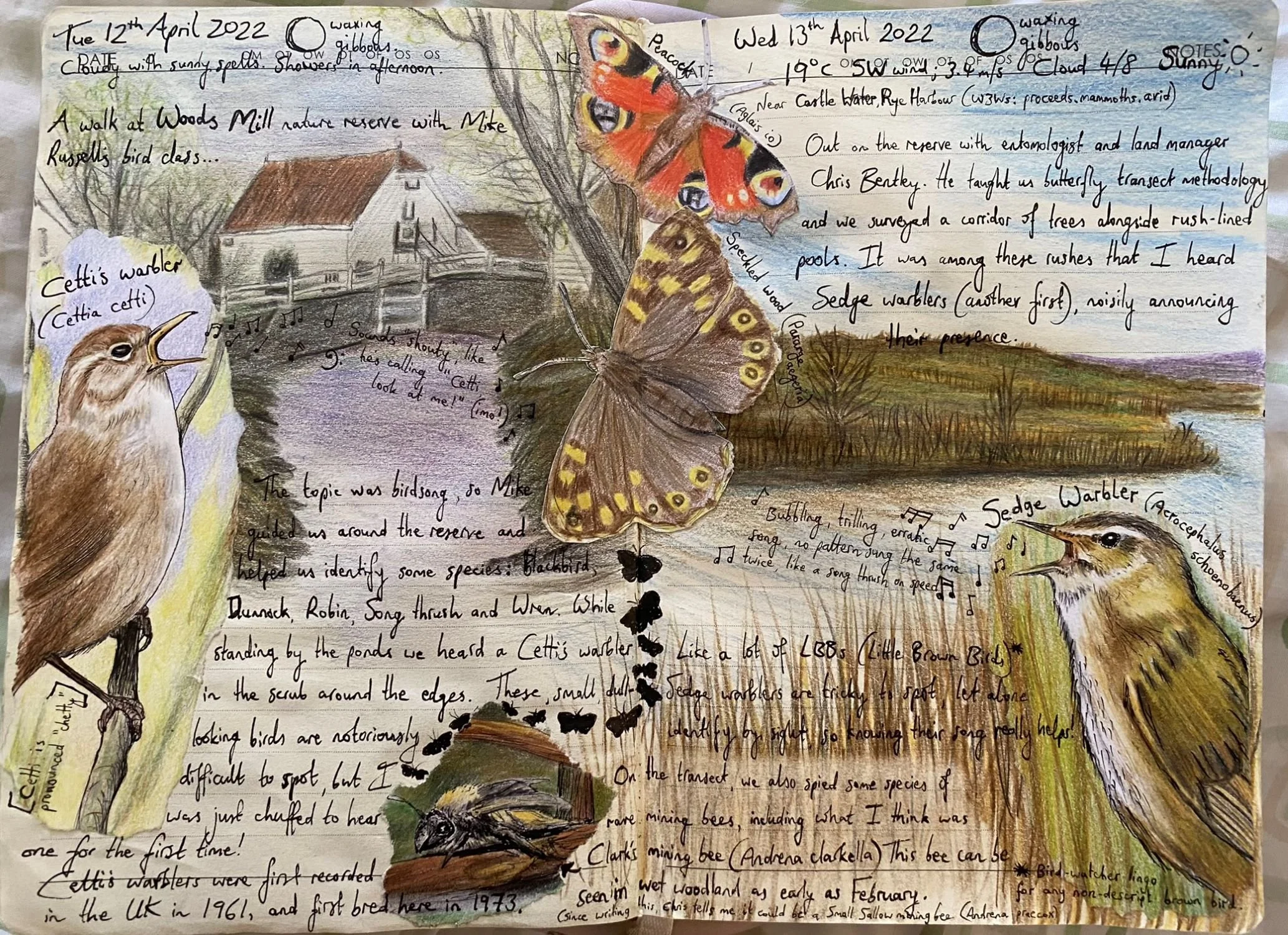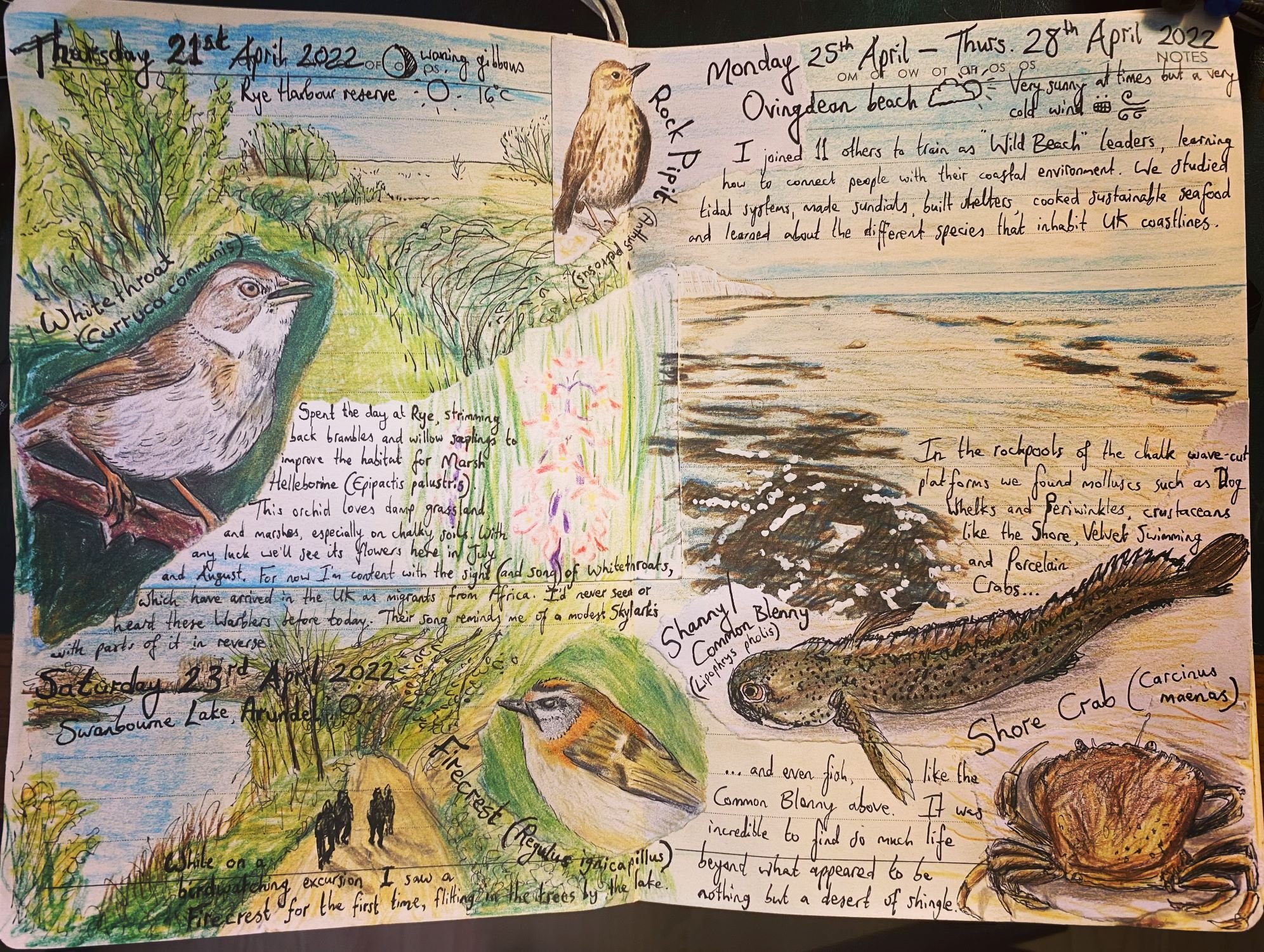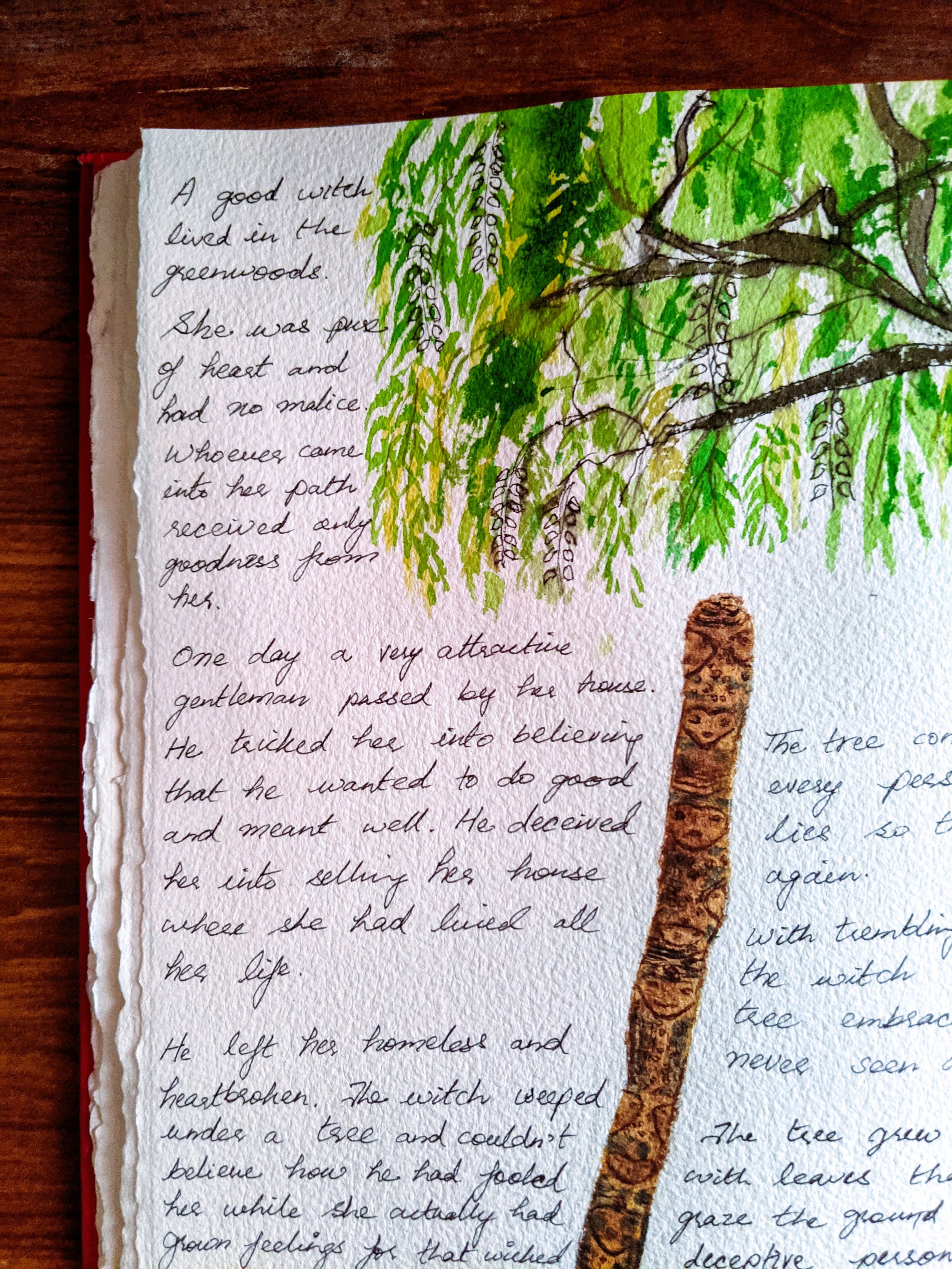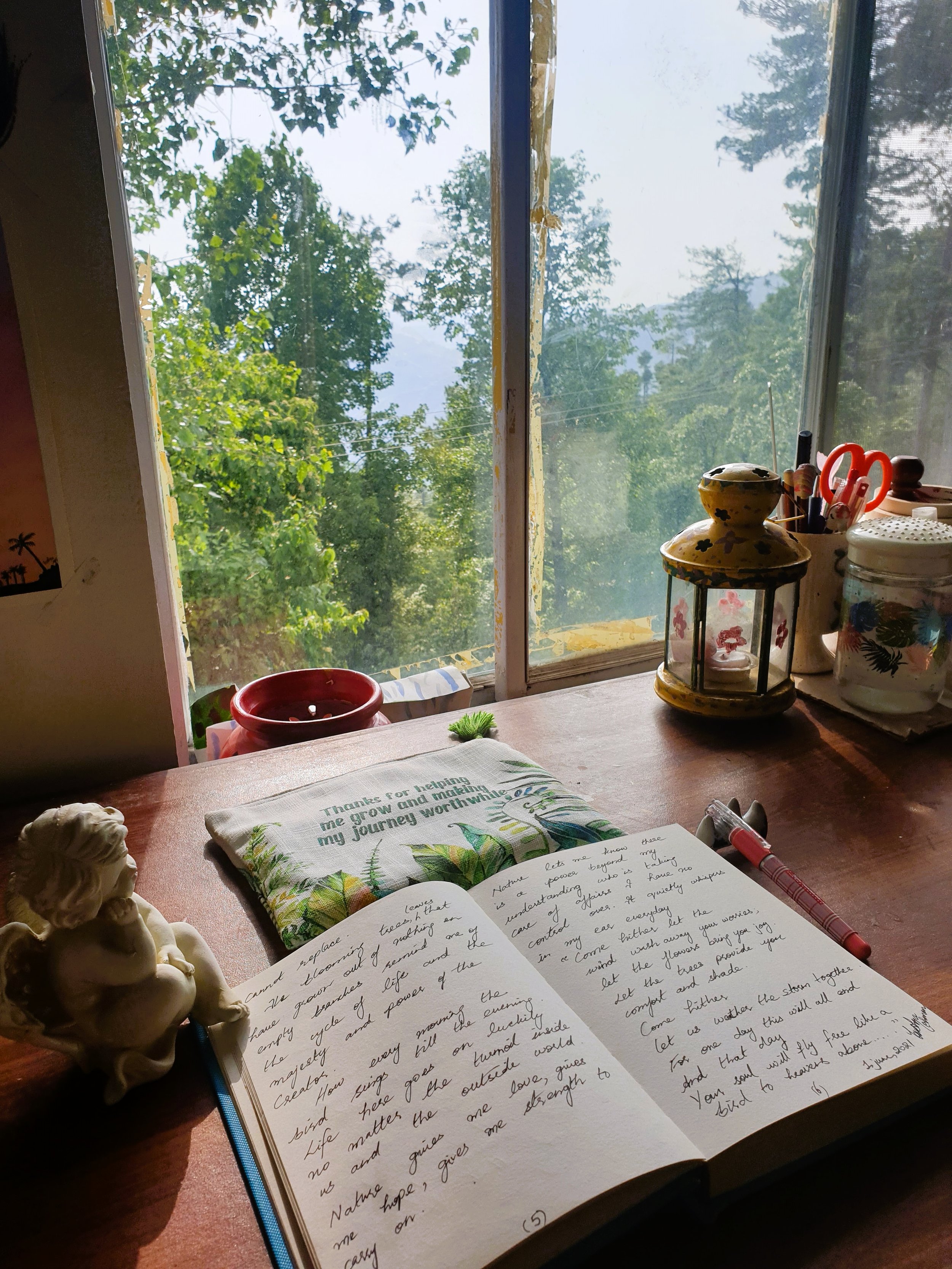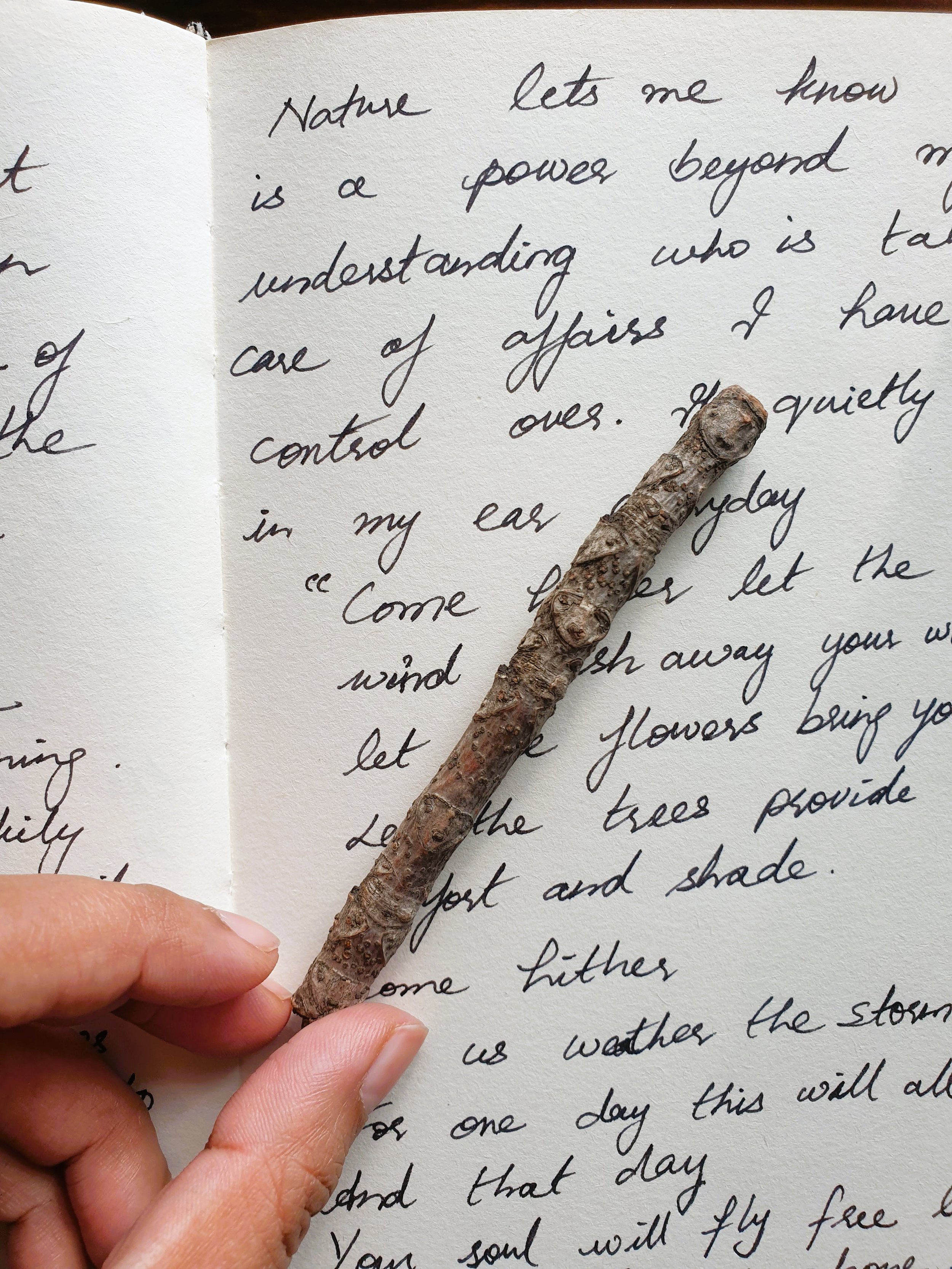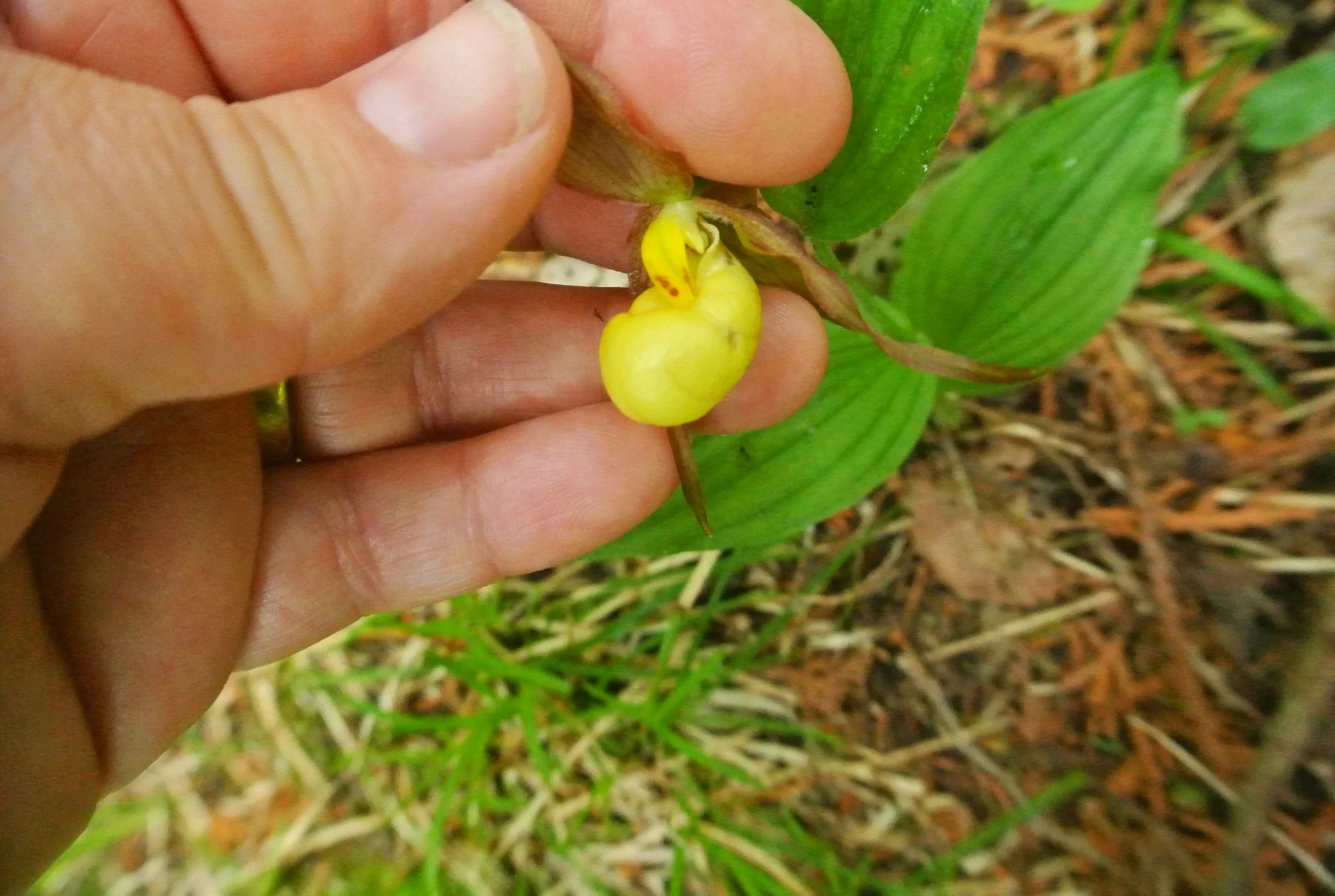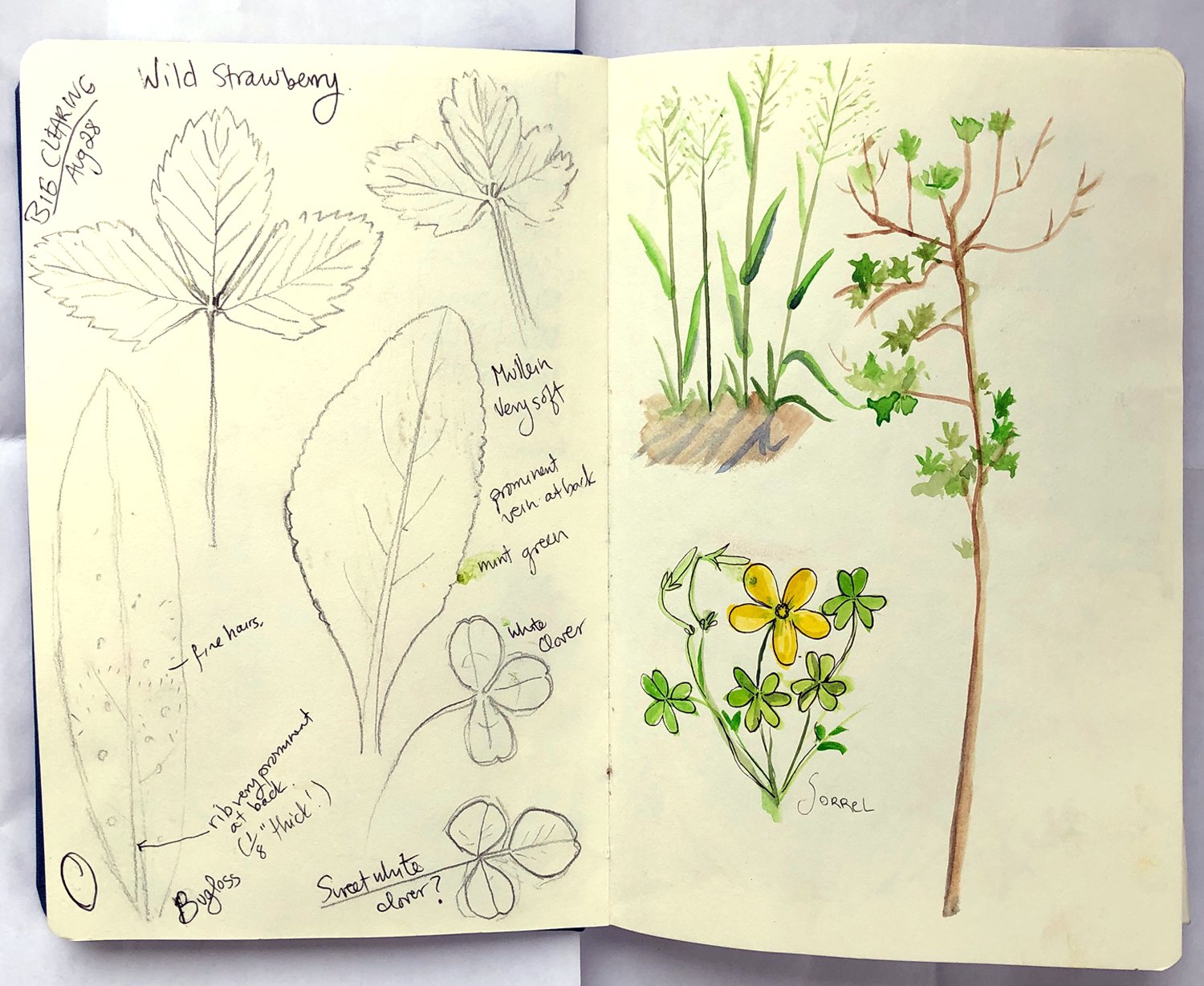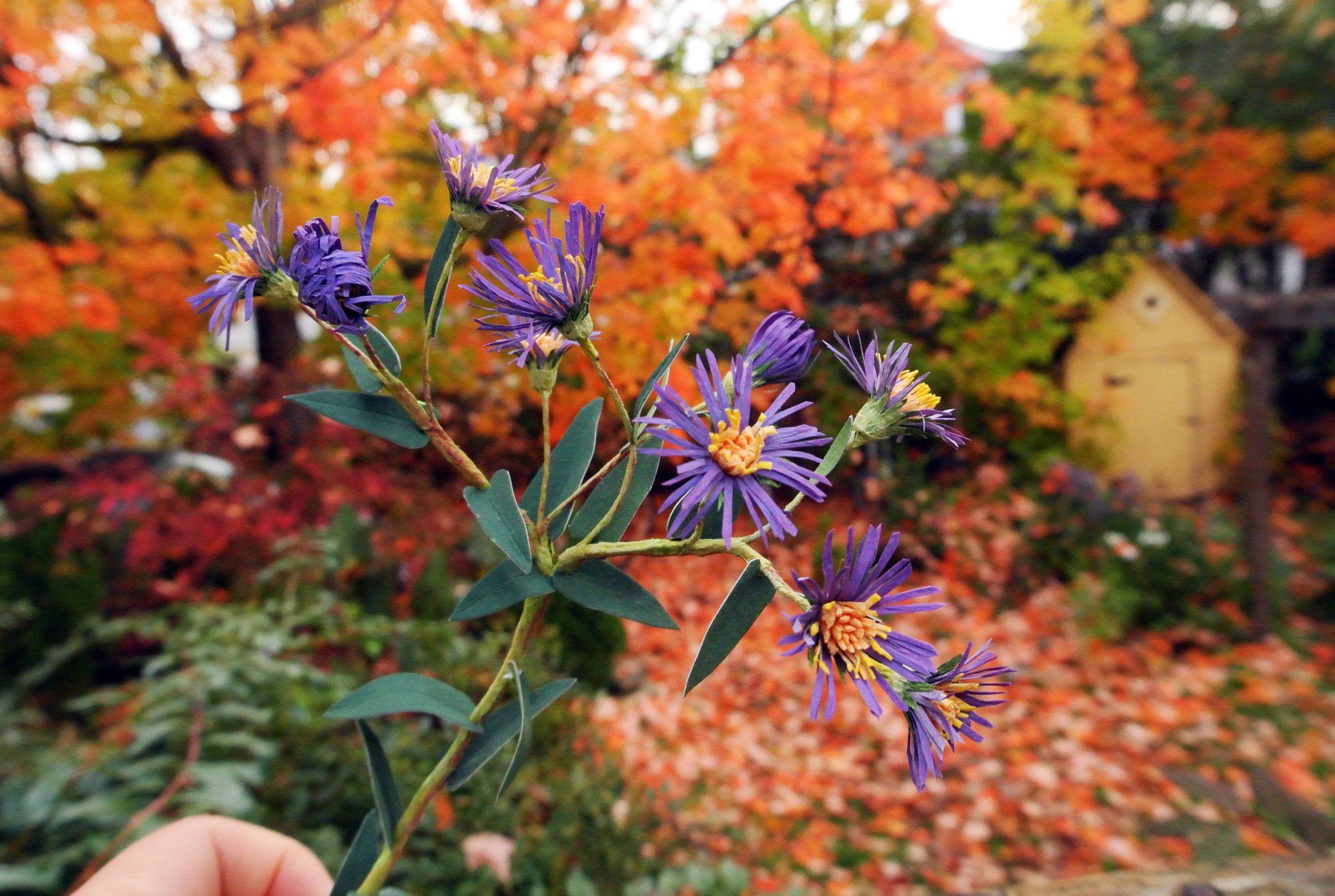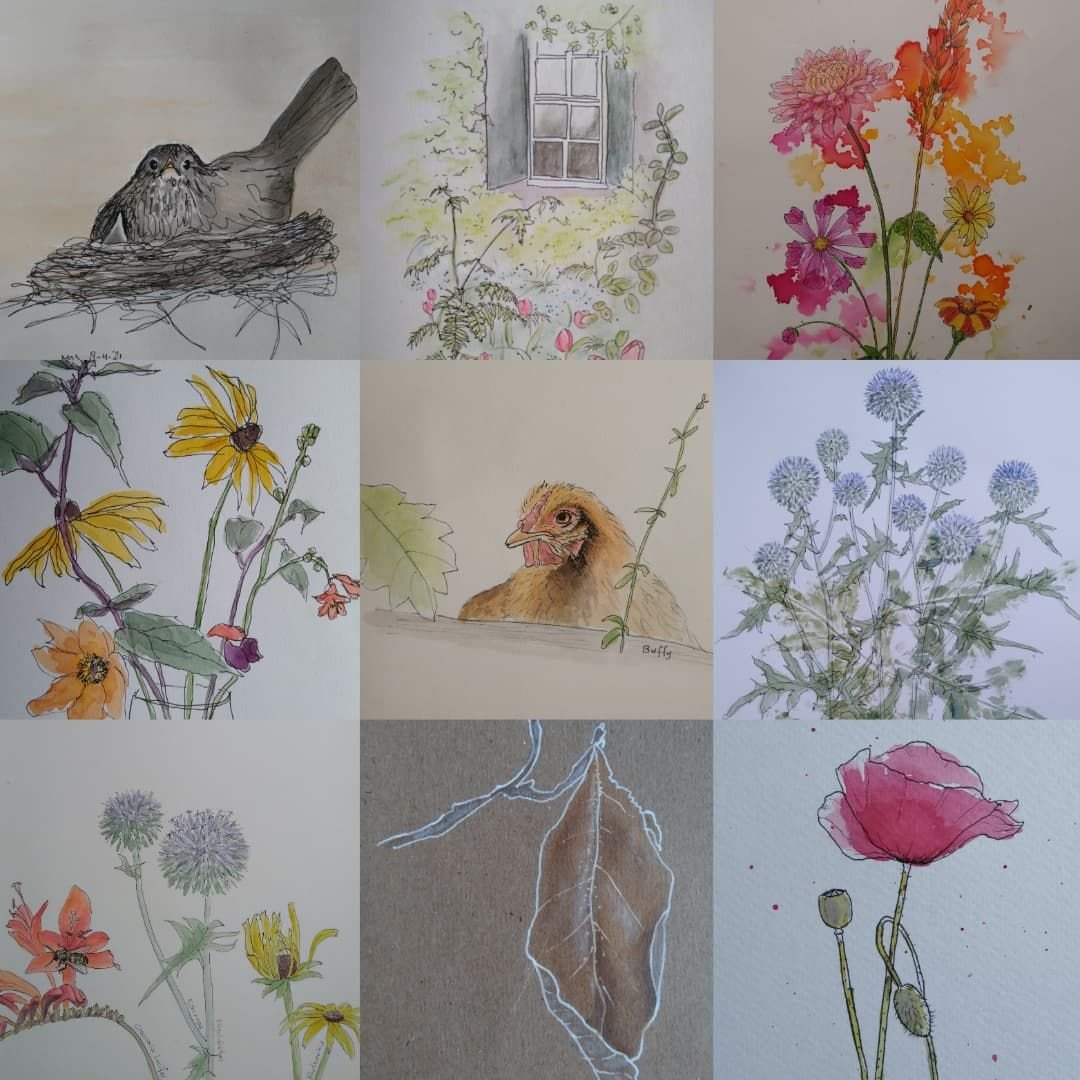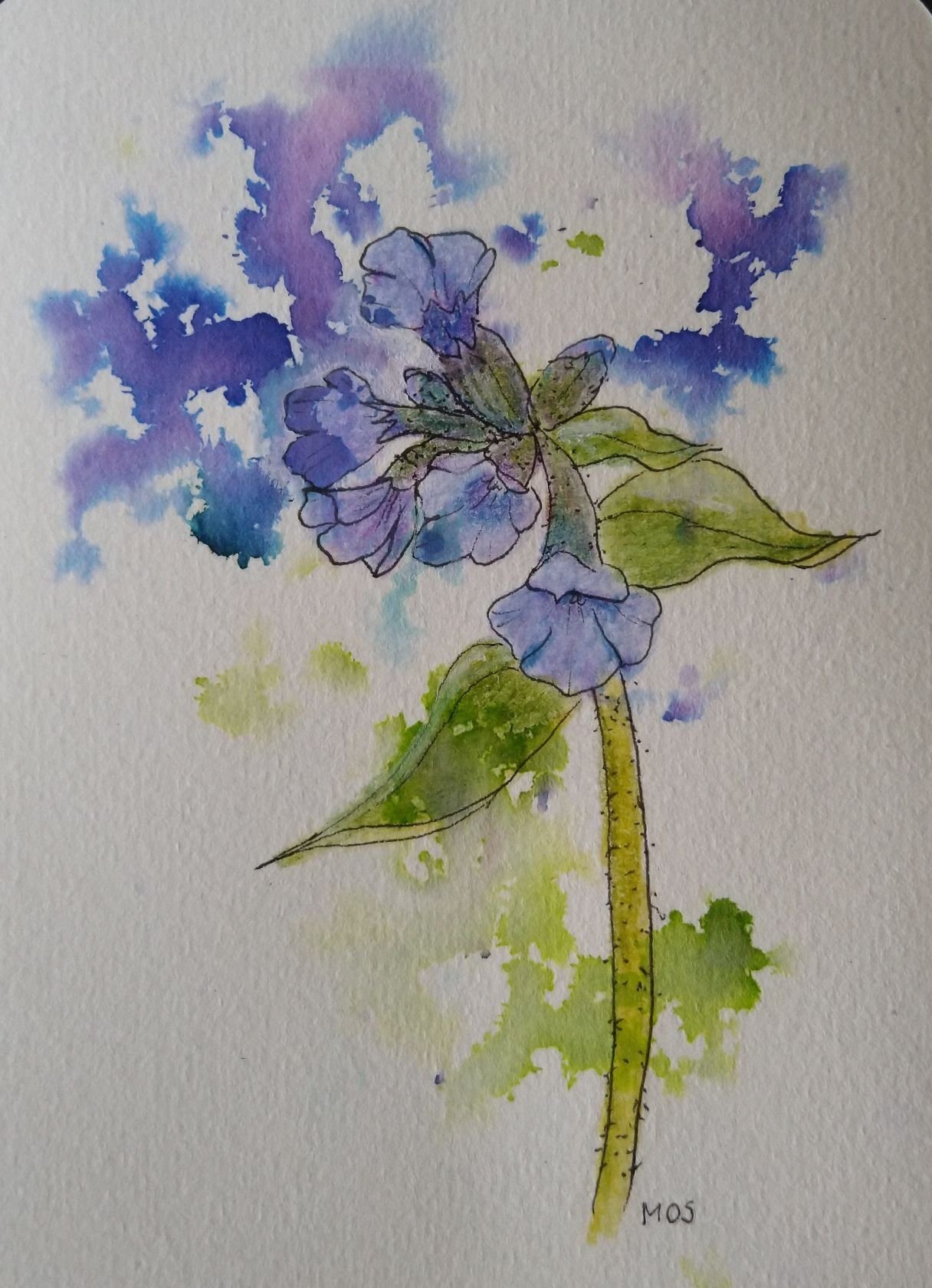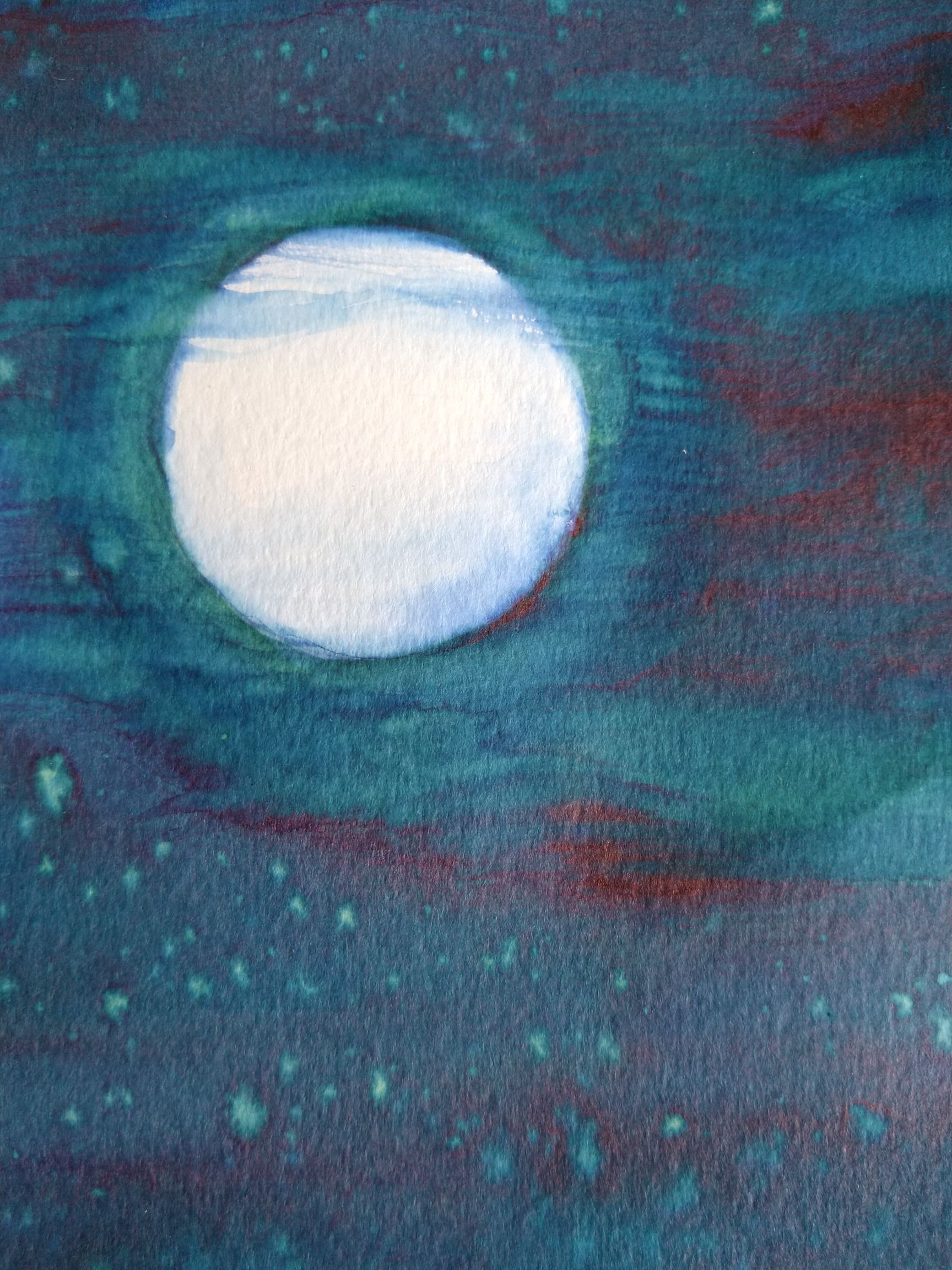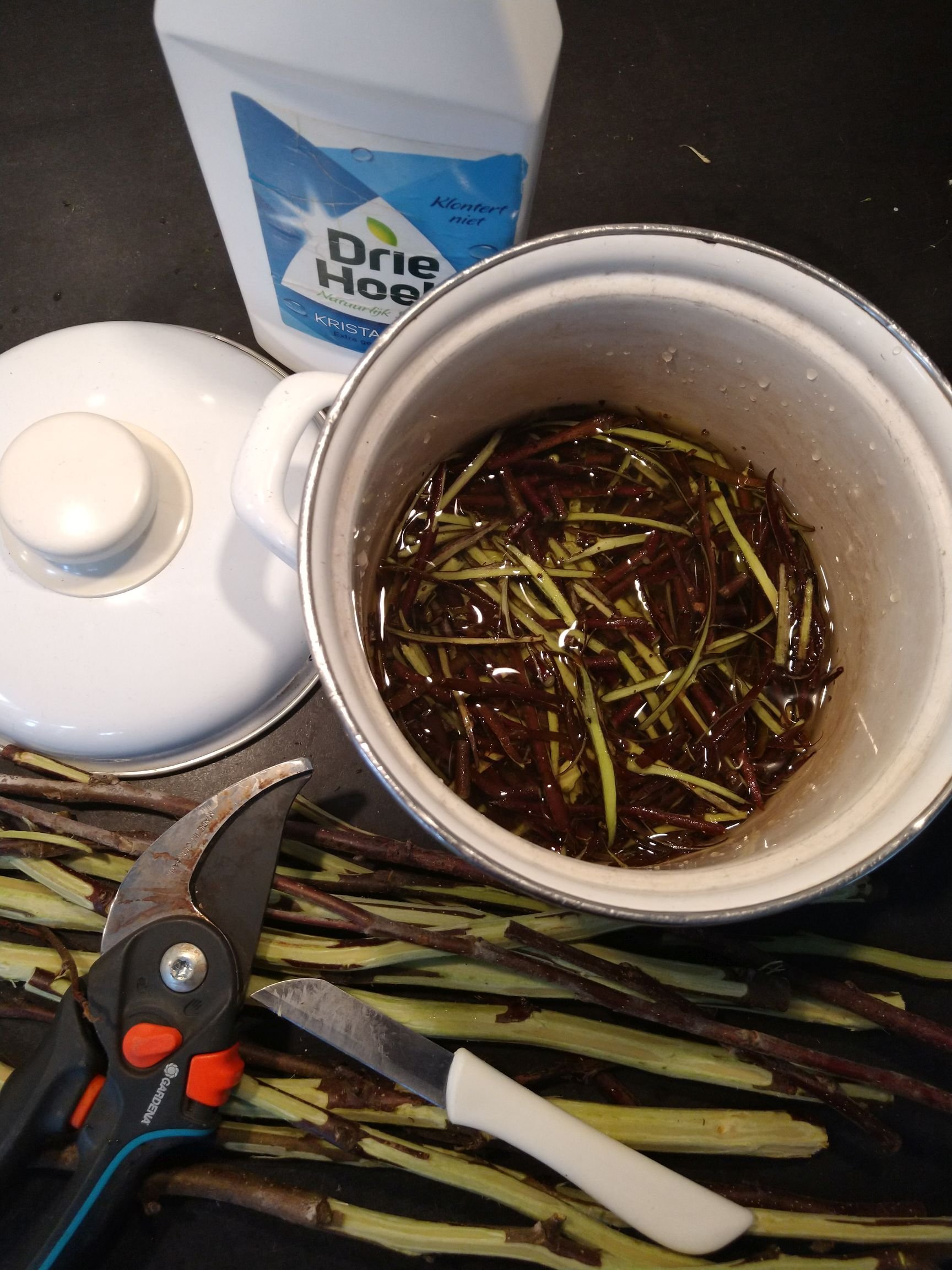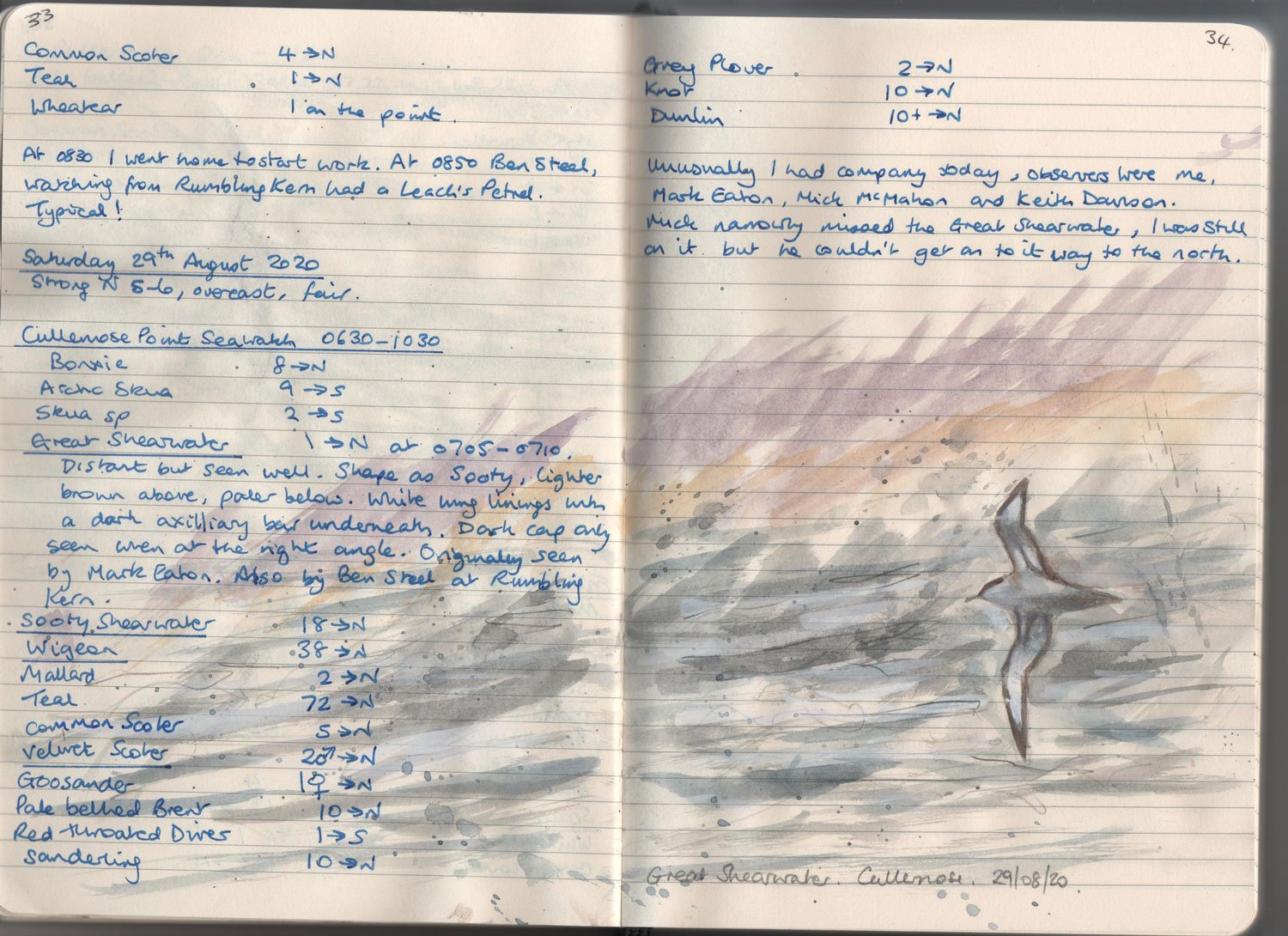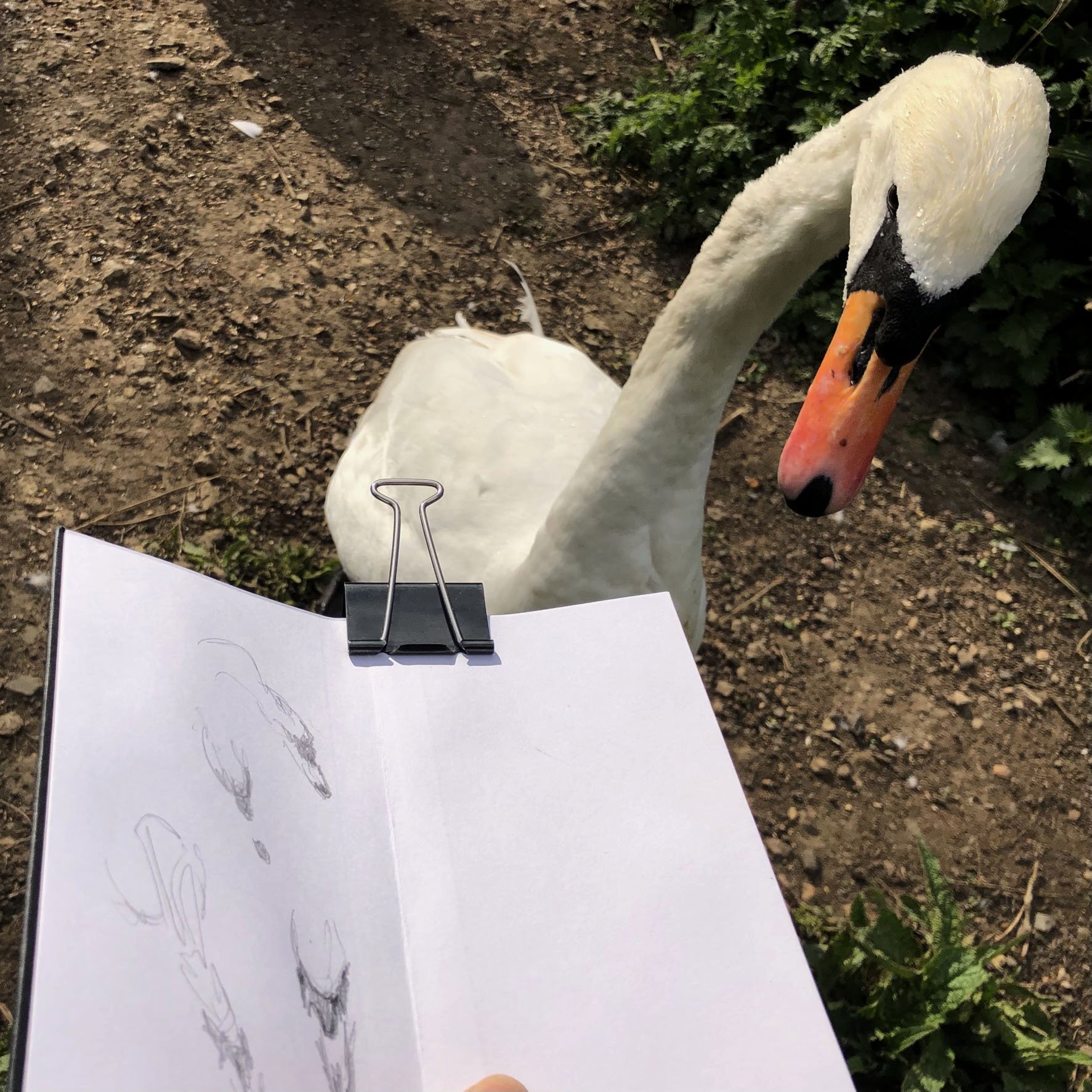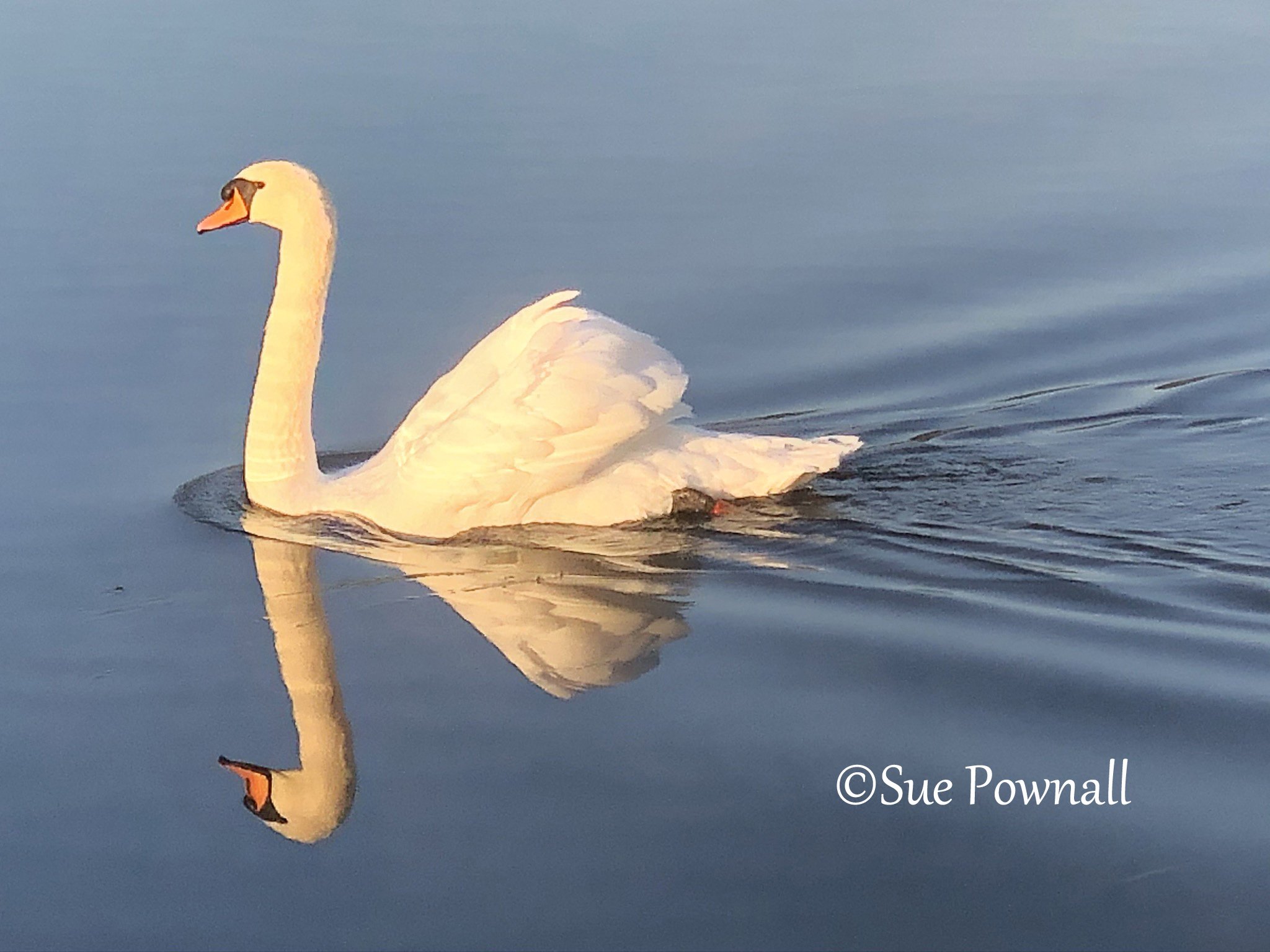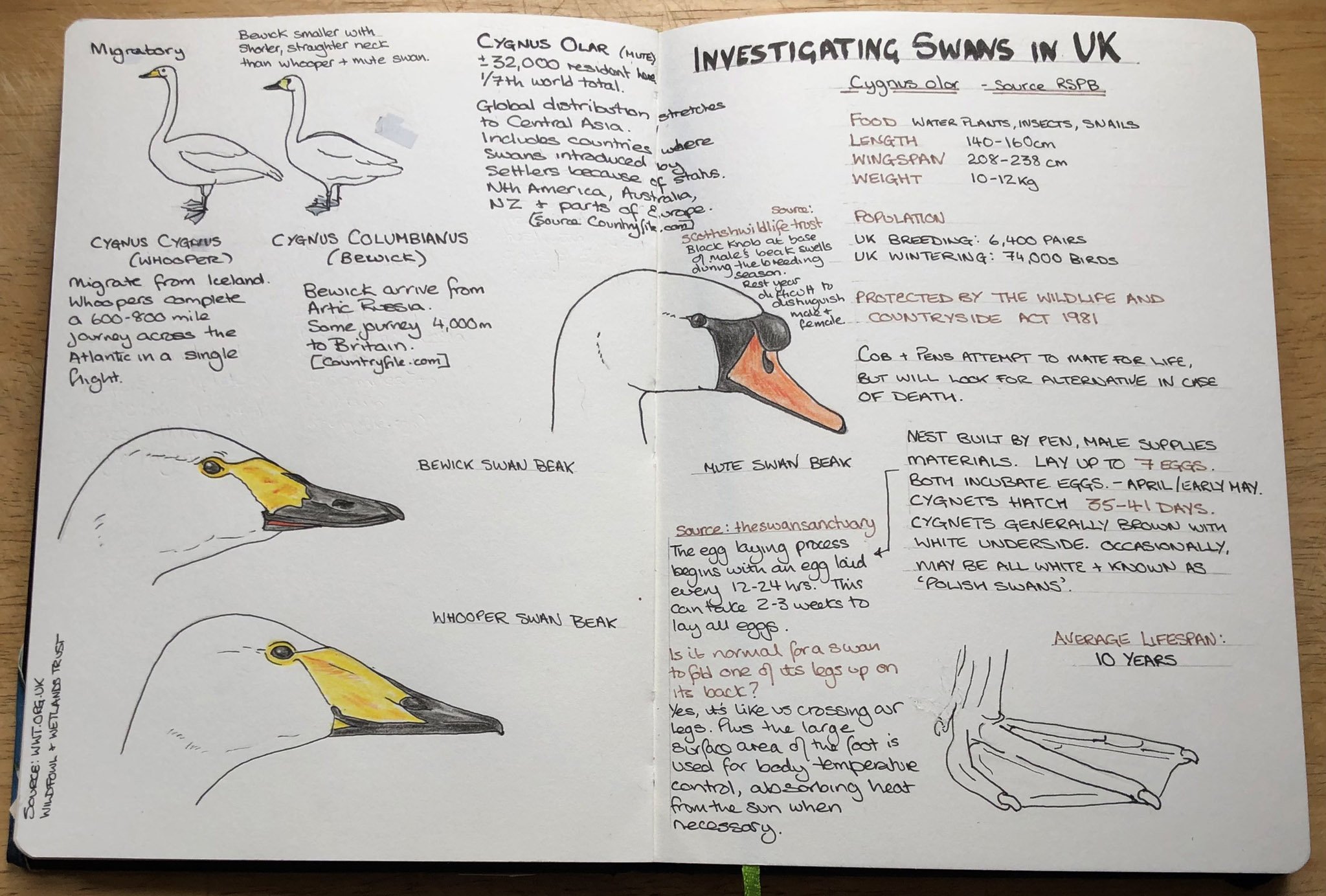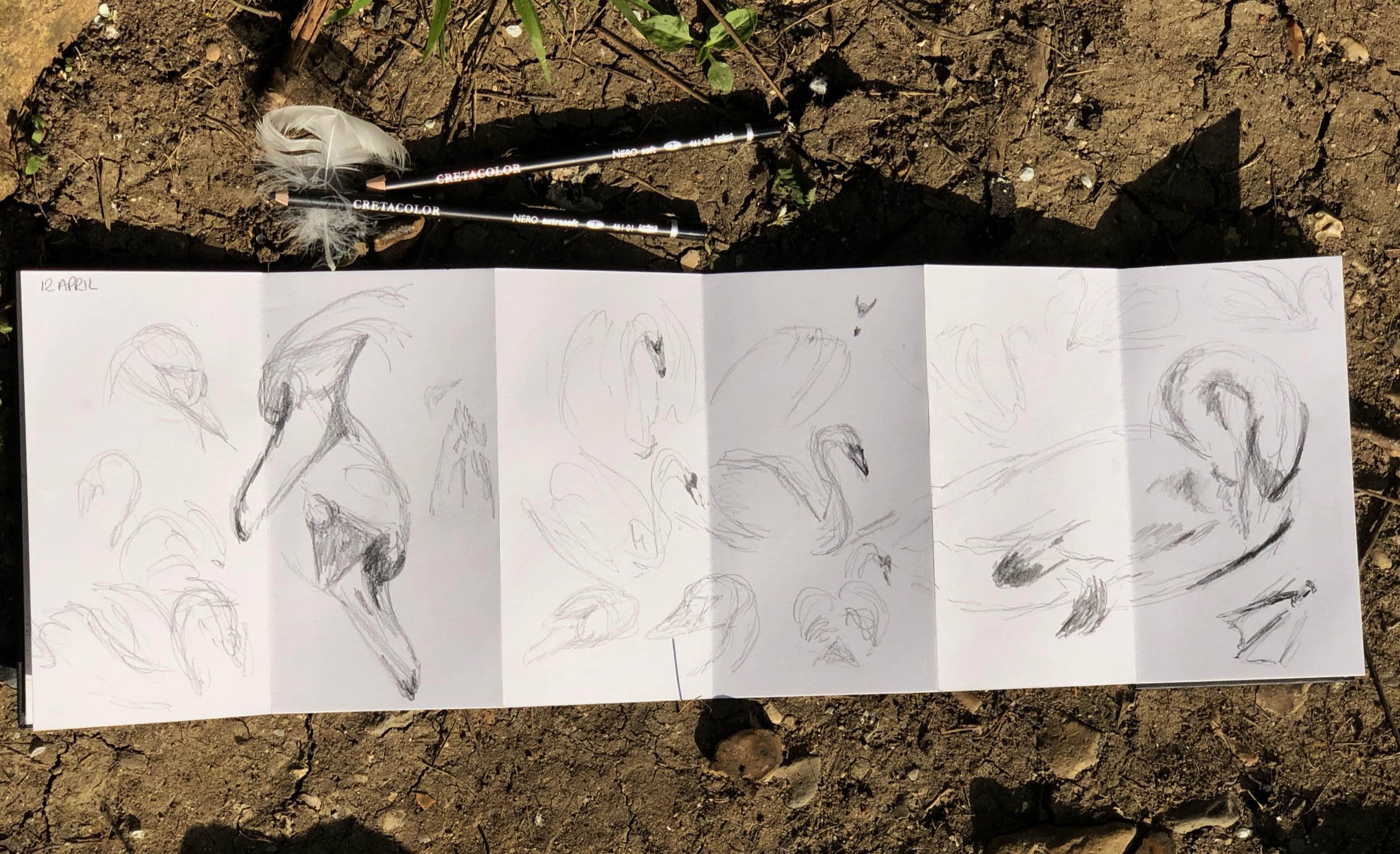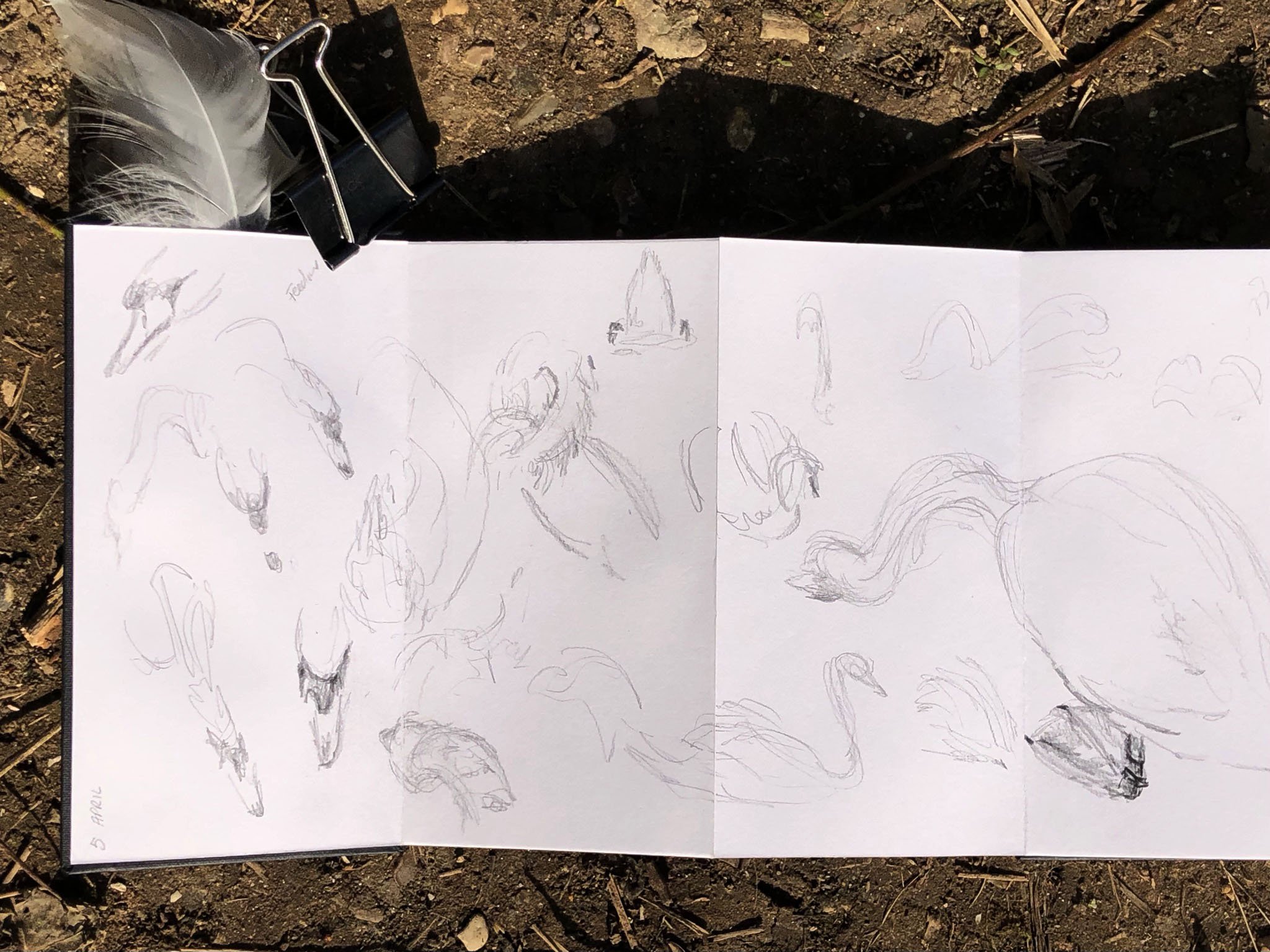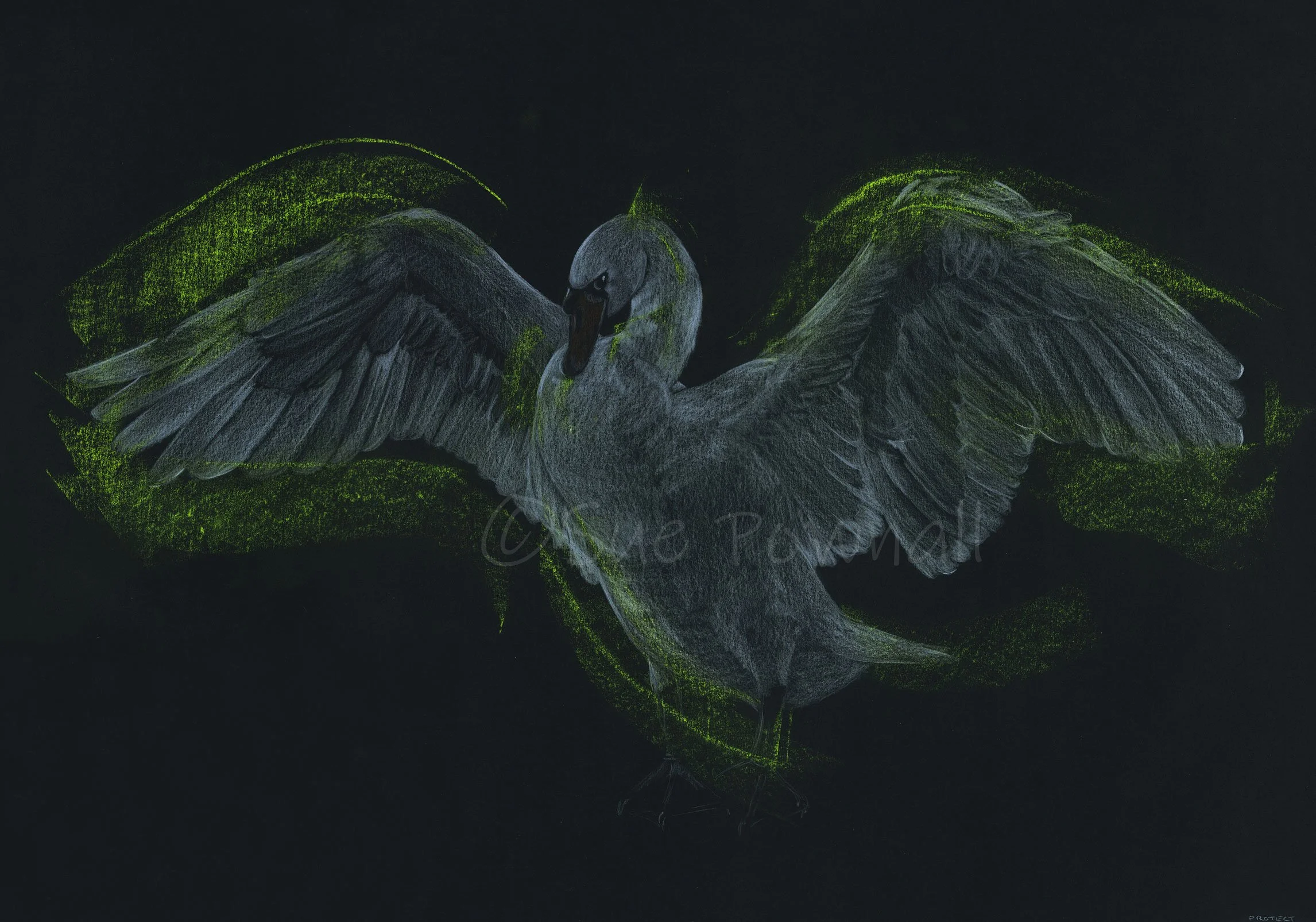A collage of the month’s urban tree sketches
In this sketch you can see some of the line of lime trees that were cut down before protests successfully resulted in s suspension of felling.
I’ve been sketching trees as part of my daily sketches and as an urban sketcher for the last ten years. They are often part of a scene in local parks or in street scenes. I’m lucky enough to live in a town with lots of parks, pocket parks and green spaces. As well as this there’s a town organisation dedicated to protecting and developing street trees.
In the spring of this year, suddenly, I began to look more intensely at trees that were actually or potentially under threat. Over a matter of days a group of historic and loved local trees were threatened by development and some cut down before protests temporarily halted the work, many trees in the centre of Plymouth were chopped down overnight and a significant tree in a London street was also lost to development.
In this sketch a very well-established local street tree sits in the pavement very close to a main road.
This led me to make trees the focus of my daily sketching from 1st March 2023. Each day I sketched one or more trees mainly around Northampton and Wellingborough. I began to feel that many trees are in vulnerable positions in the streets, in the gardens and in the grounds of public organisations or private gardens. It makes me wonder who is looking after these trees and question if we, the public, need to be paying more attention to the trees around us. One of the ways I pay attention myself and draw the attention of others is to sketch and share my sketches on social media.
In this sketch you can see my trusty Blackwing Matte pencil, my Faber Castell Polychromos red pencil and my small pencil sharpener. These along with a small sketchbook were my sketching kit for the month.
Each sketch was made outside from direct observation often standing up or occasionally through a window or from my car. I used a red and a Blackwing graphite pencil for these daily sketches and I worked into an A6 or A5 hardback sketchbook.
In this sketch the trees are on a roundabout surrounded by cars and traffic lights.
As I sketched over the month I varied the use of the red pencil sometimes using red for the tree in the scene and at other times using red for the context around the tree. Although I’m not now sketching urban trees daily this is still part of my sketching routine and when a tree in public catches my attention I make a mental note to sketch it.
As I sketched the vulnerability of the tree sometimes became more apparent to me - surrounded by paving stones, tarmac, street furniture and other human intrusions.
Several of the sketches have been bought for donations to Save Our Street Trees, Northampton and one was donated to an auction to raise funds for the legal action to save the Wellingborough Walks trees.
In this sketch you can see one of the avenues of limes in Wellingborough that were and still are under threat. I repeated this sketch later in the month and donated it to be auctioned for the campaign to save the trees.
About Jean
Blog: https://jeanadrawingaday.com/
Instagram: @70jeanne
Twitter: @JeanEd70
Short biography:
I am an urban sketcher, printmaker and collage artist living in Northampton, UK. I have maintained a daily drawing habit since 4th August, 2012 and these are posted on my blog. I often sketch the environment around me and I’m drawn to trees especially in the winter. I’m also a former primary school teacher and an art educator supporting people who teach art in schools.
Blog: https://jeanadrawingaday.com/
Instagram: @70jeanne
Twitter: @JeanEd70


